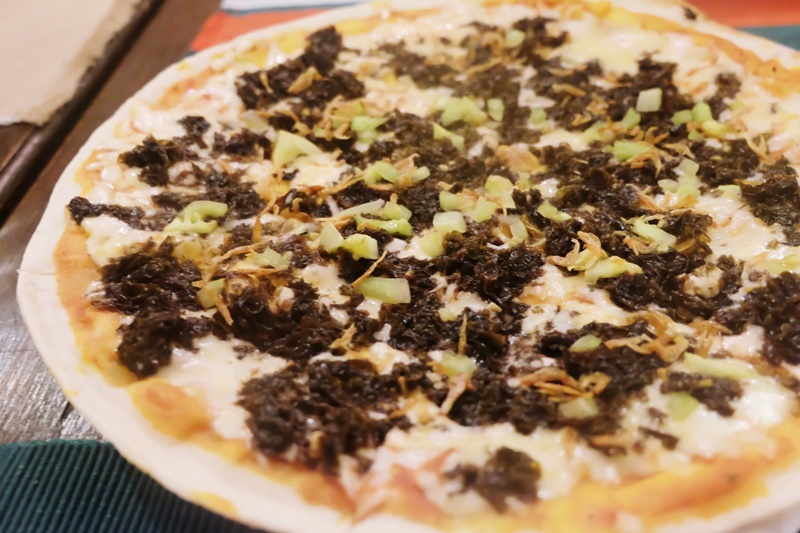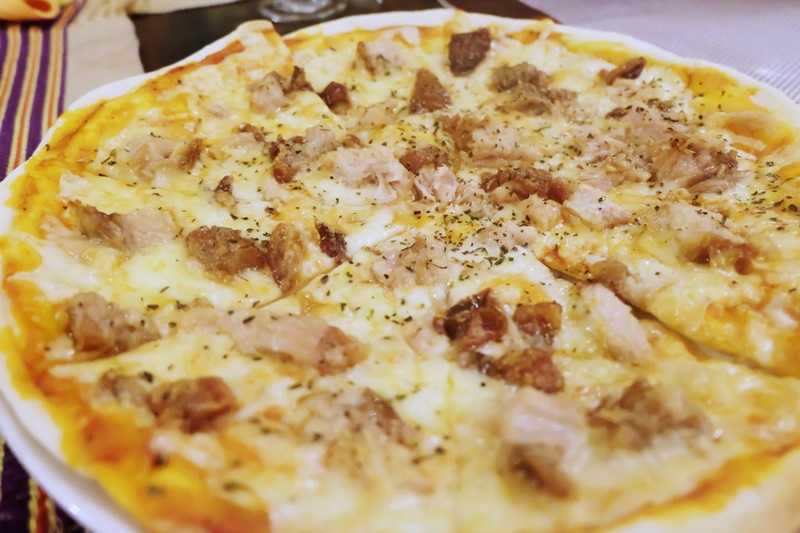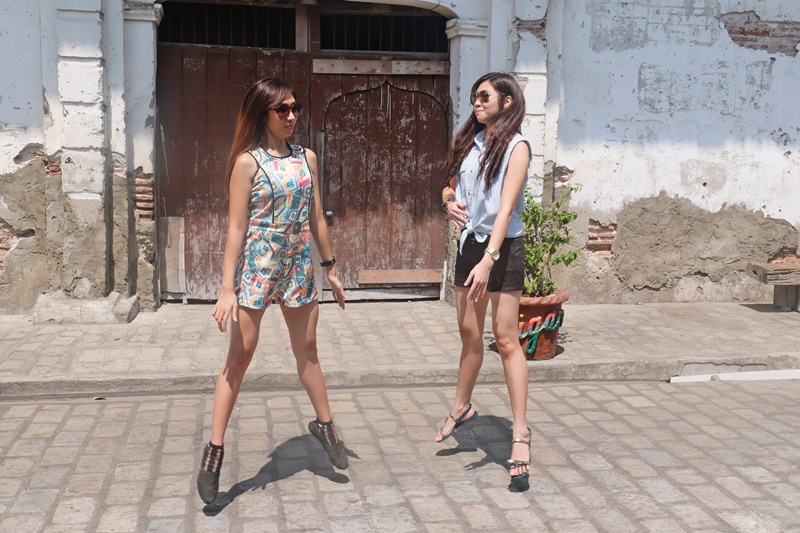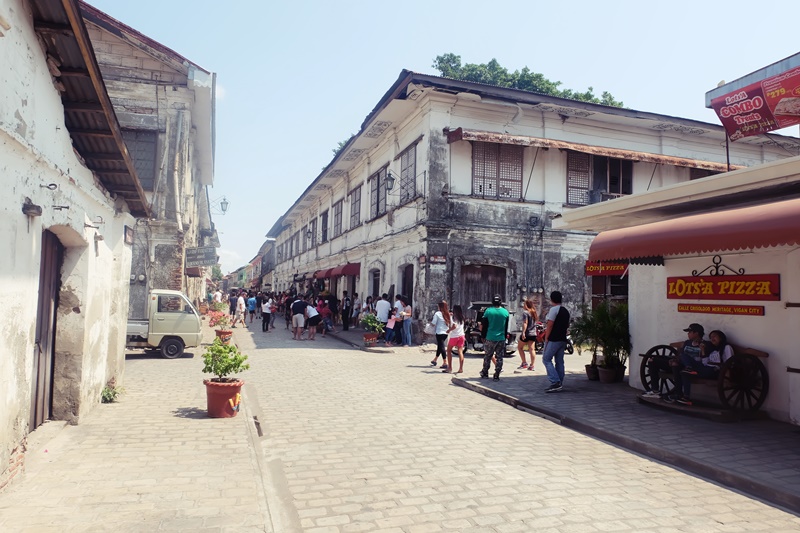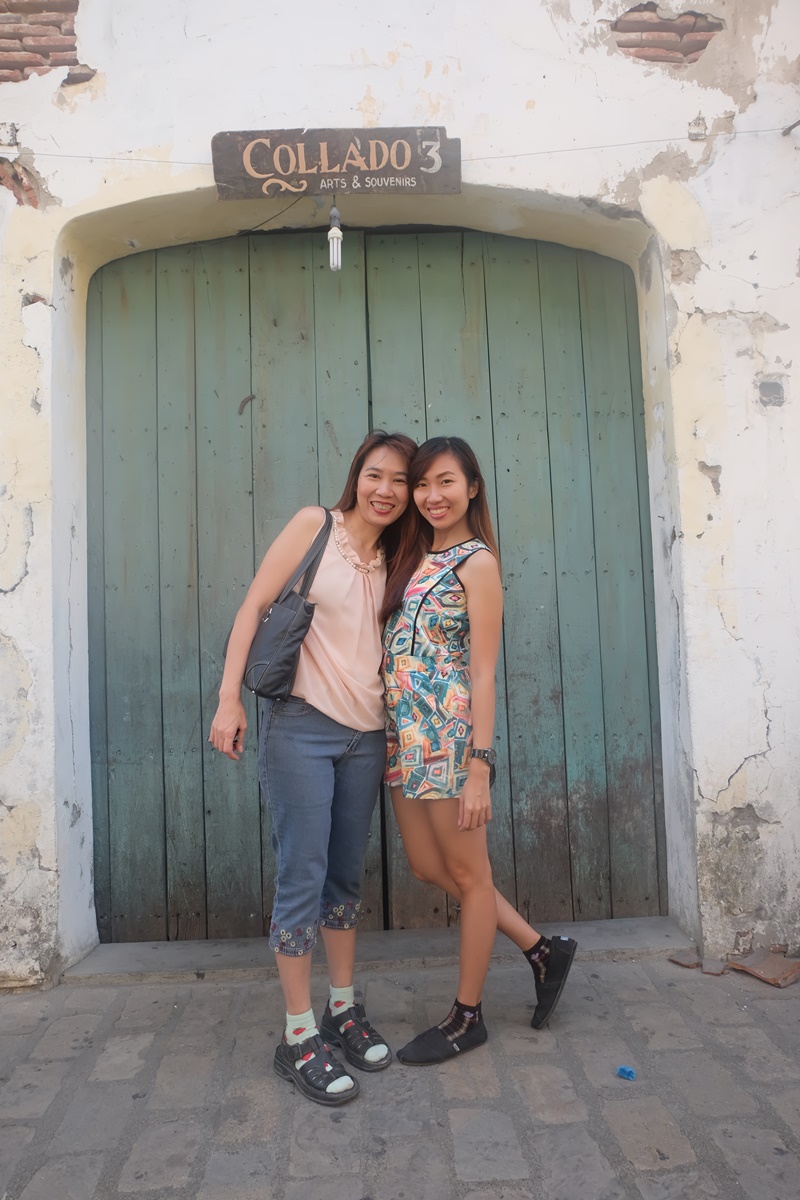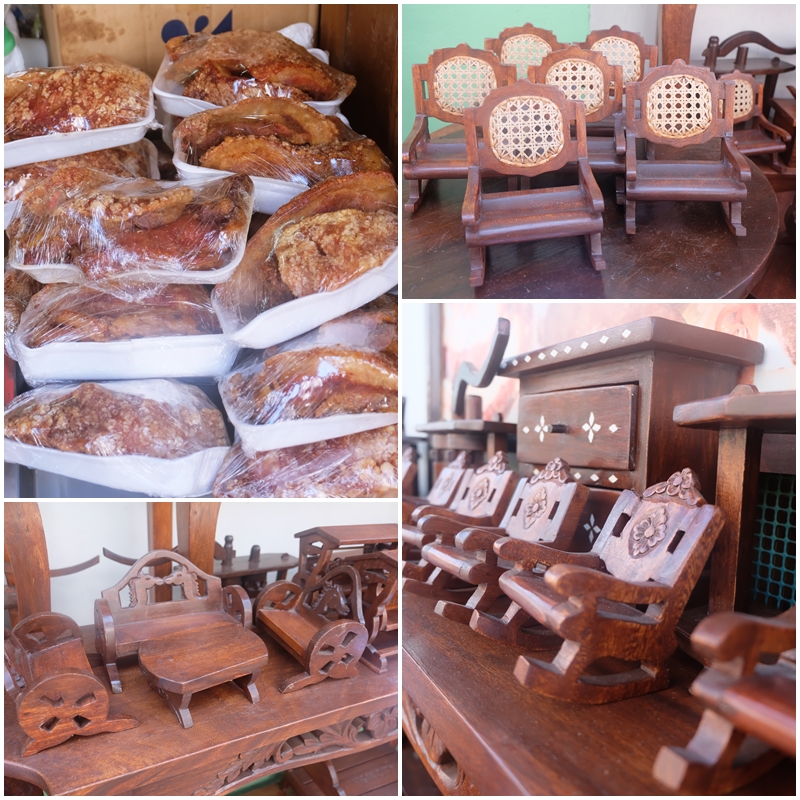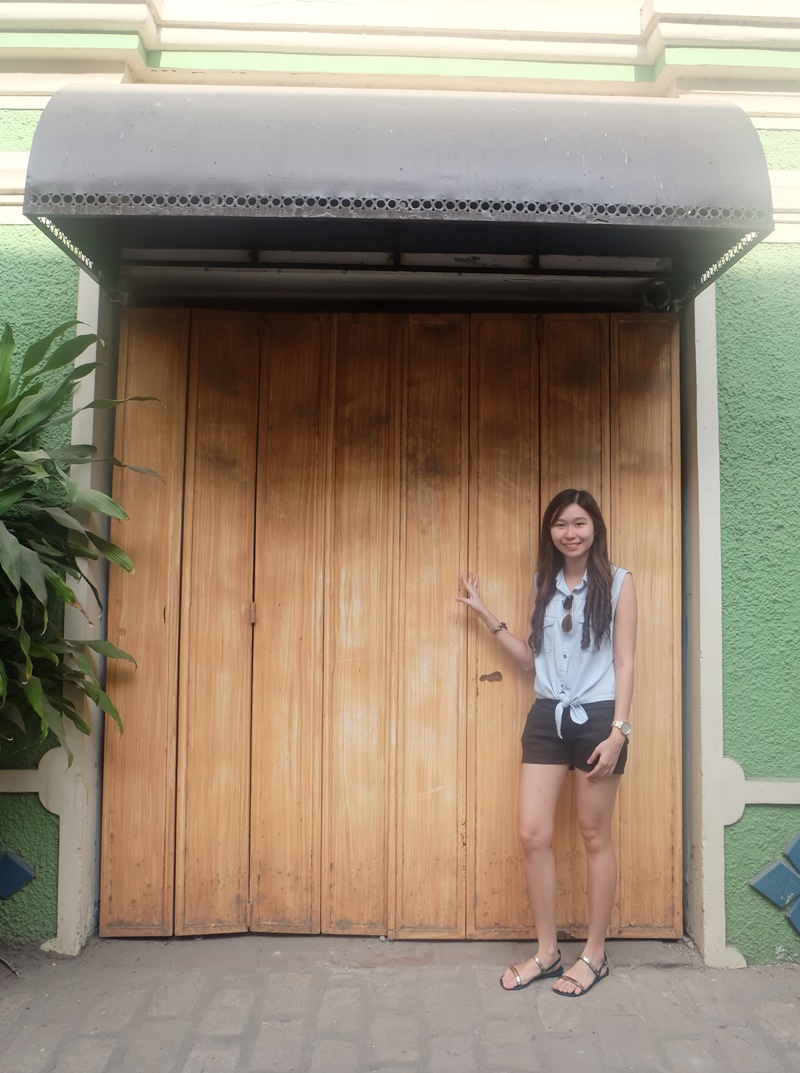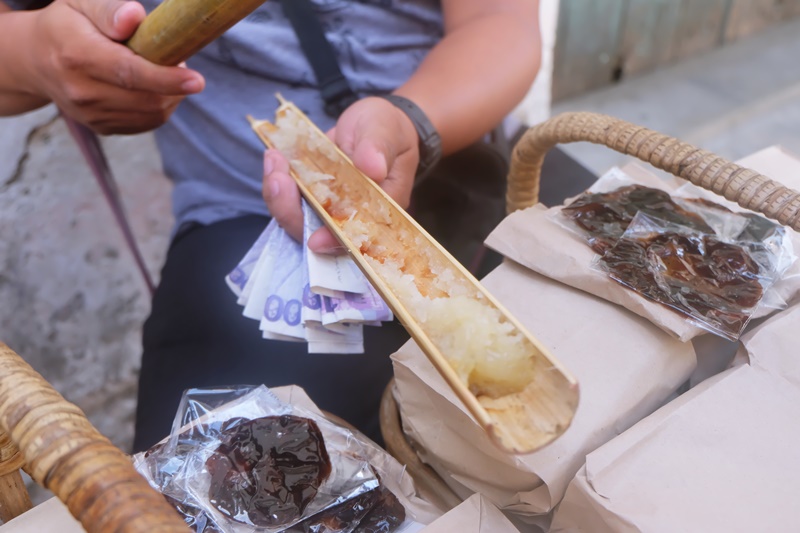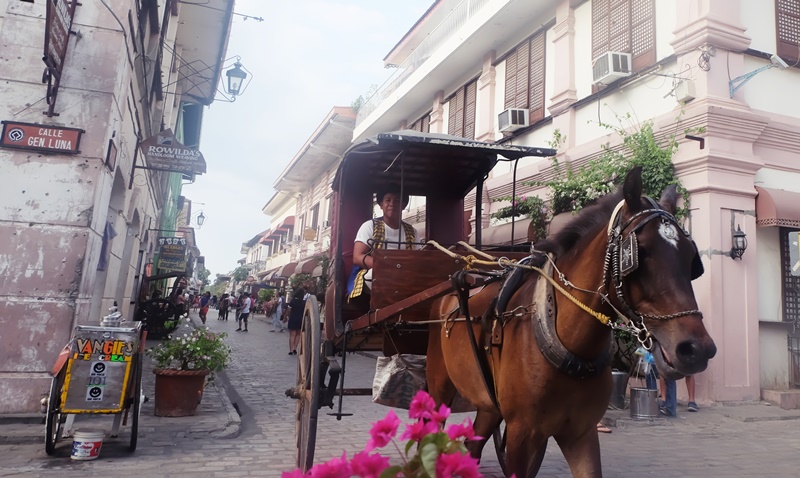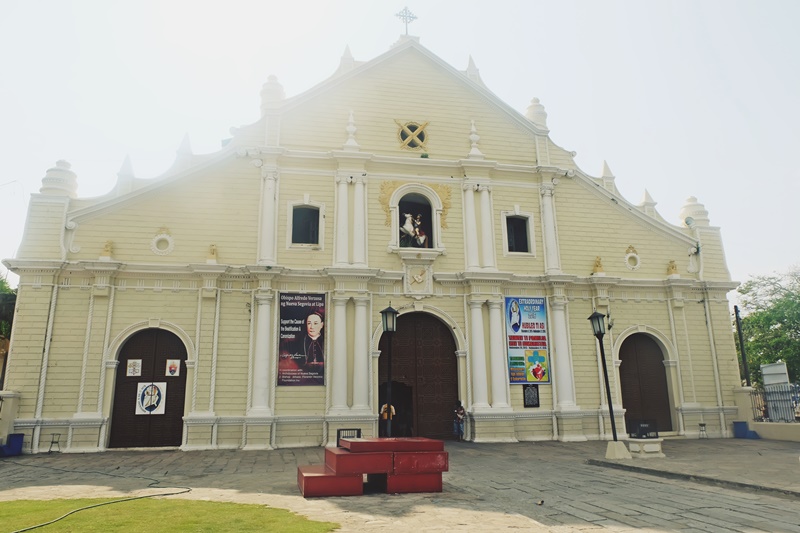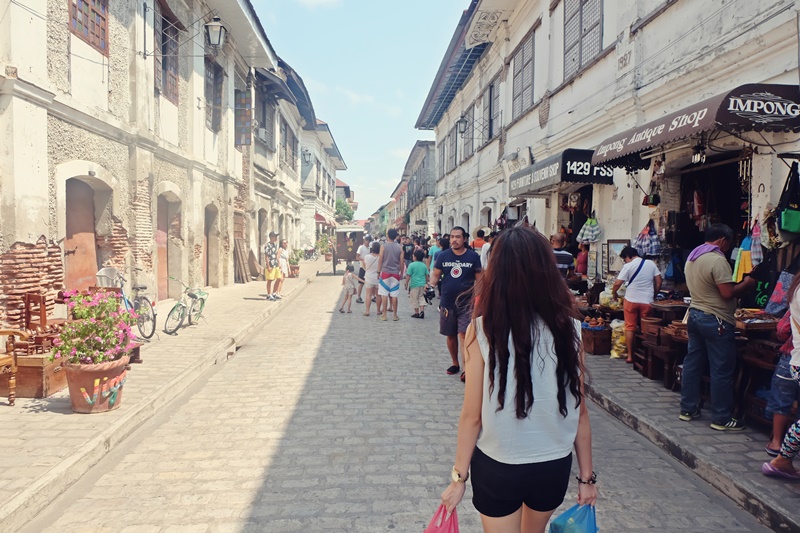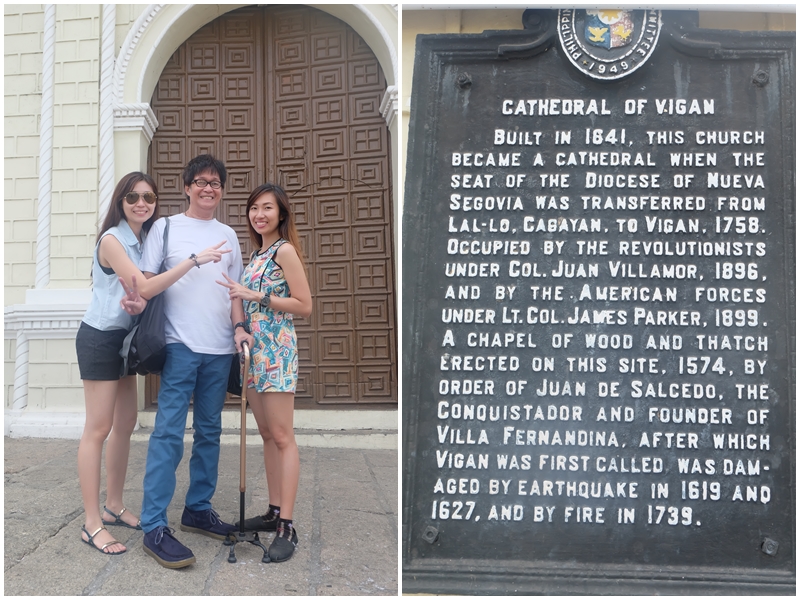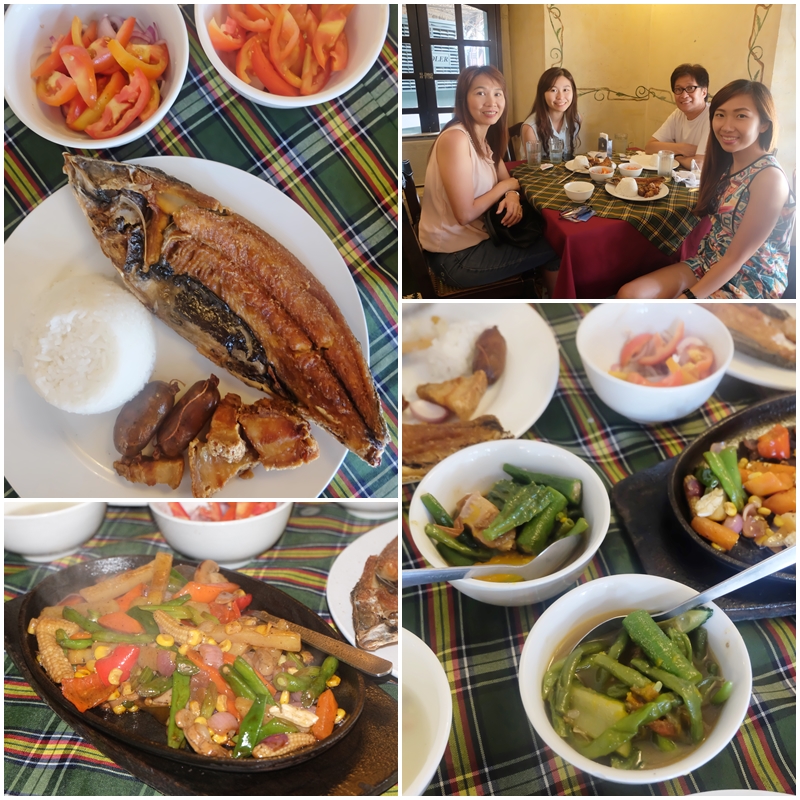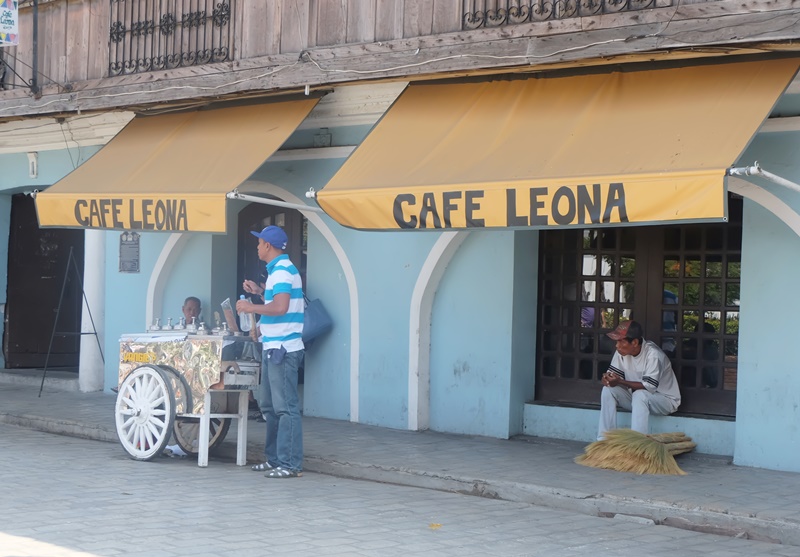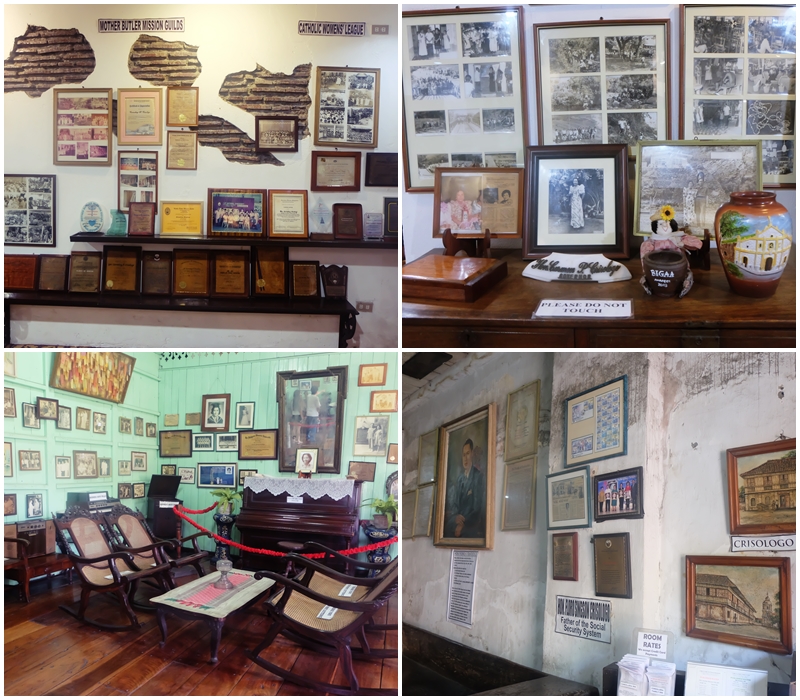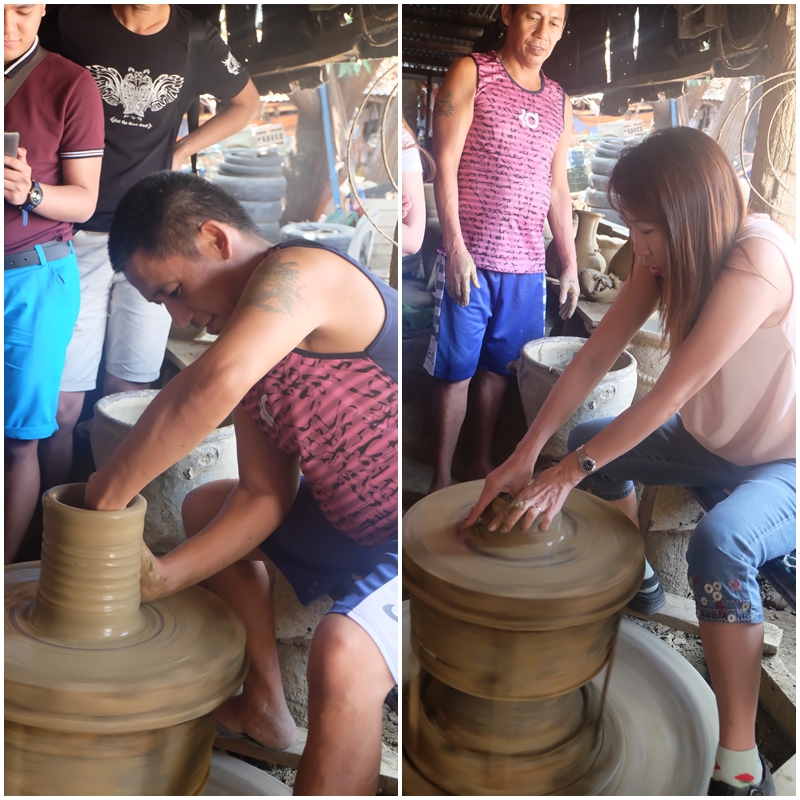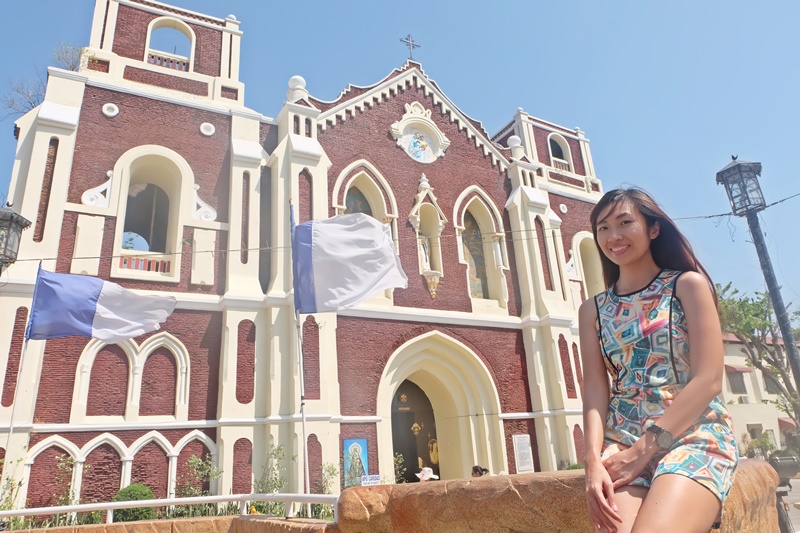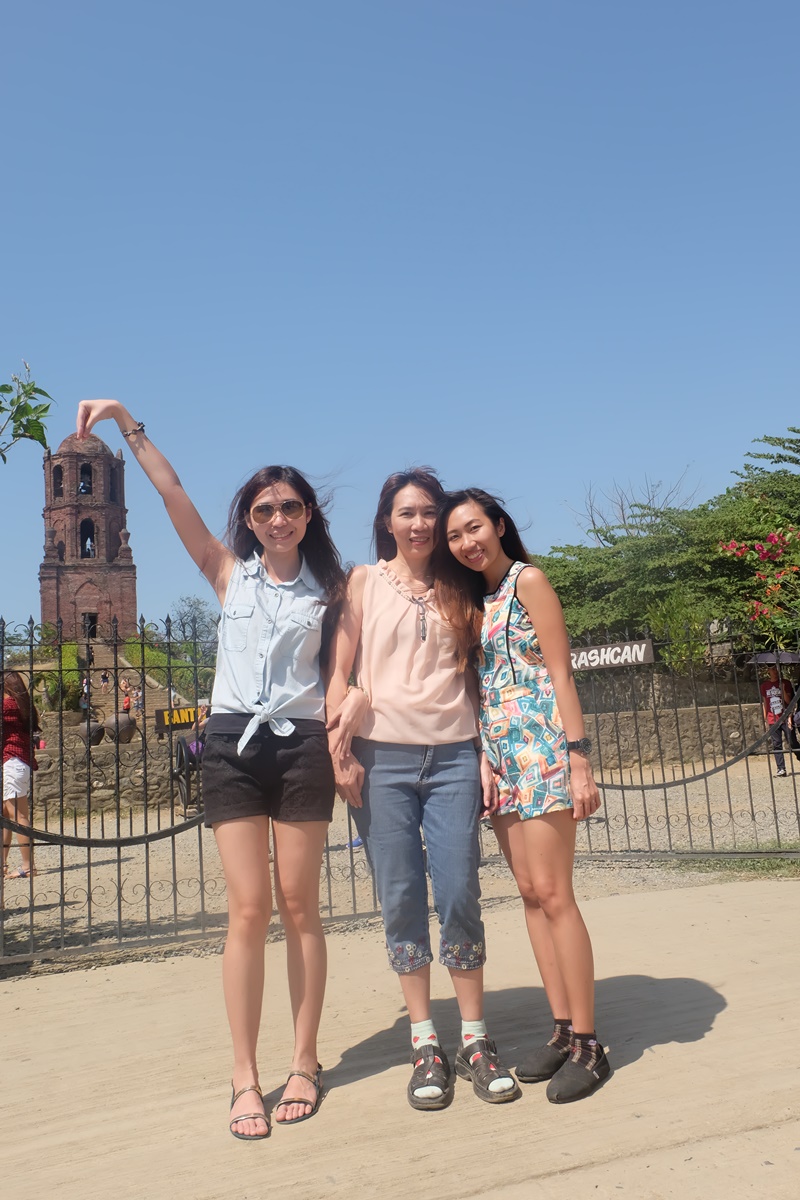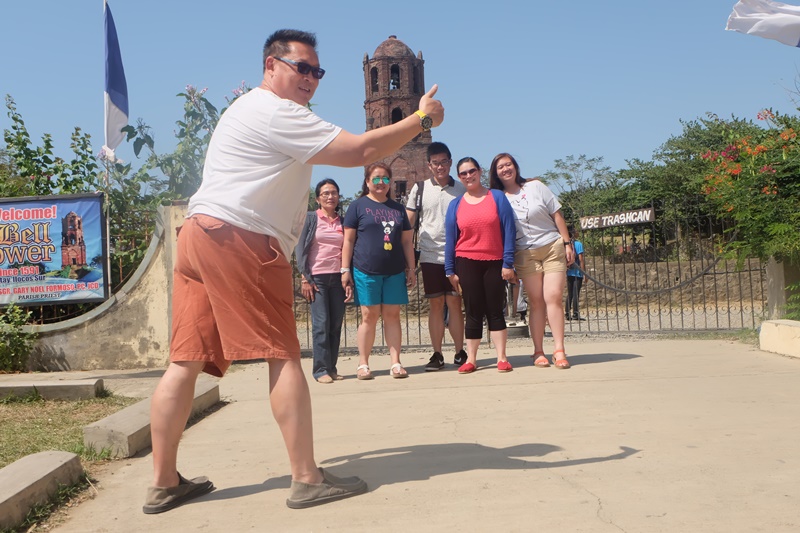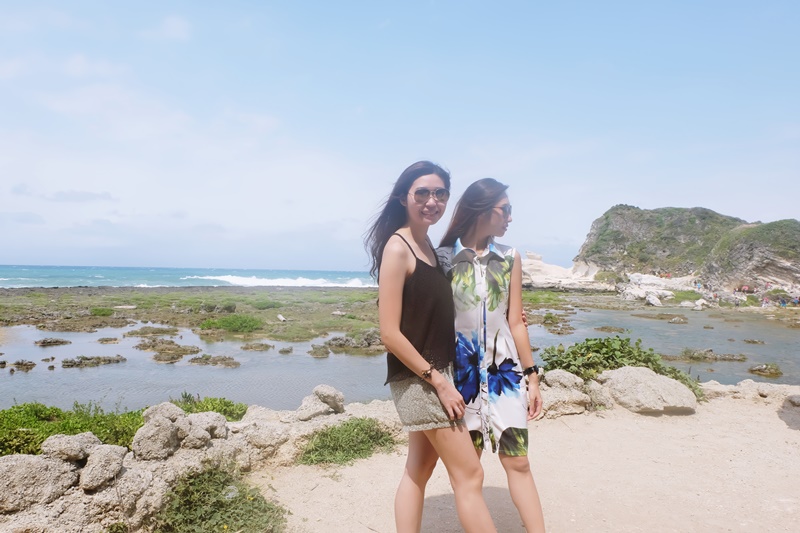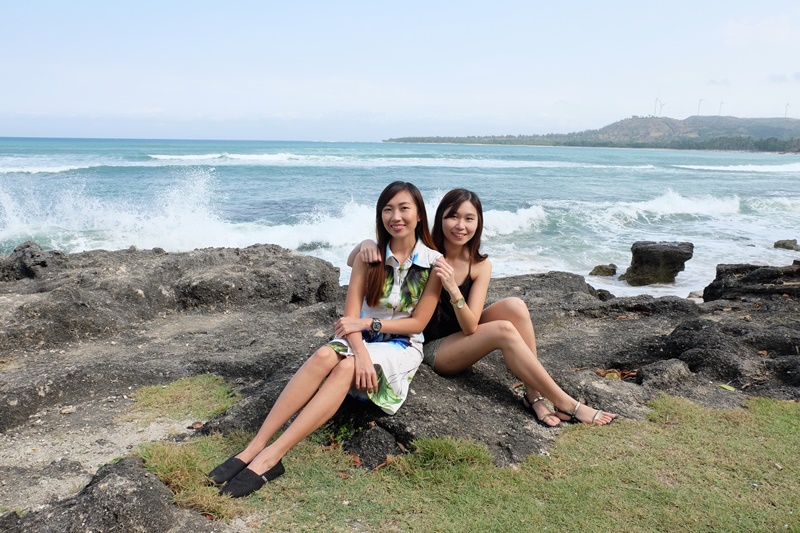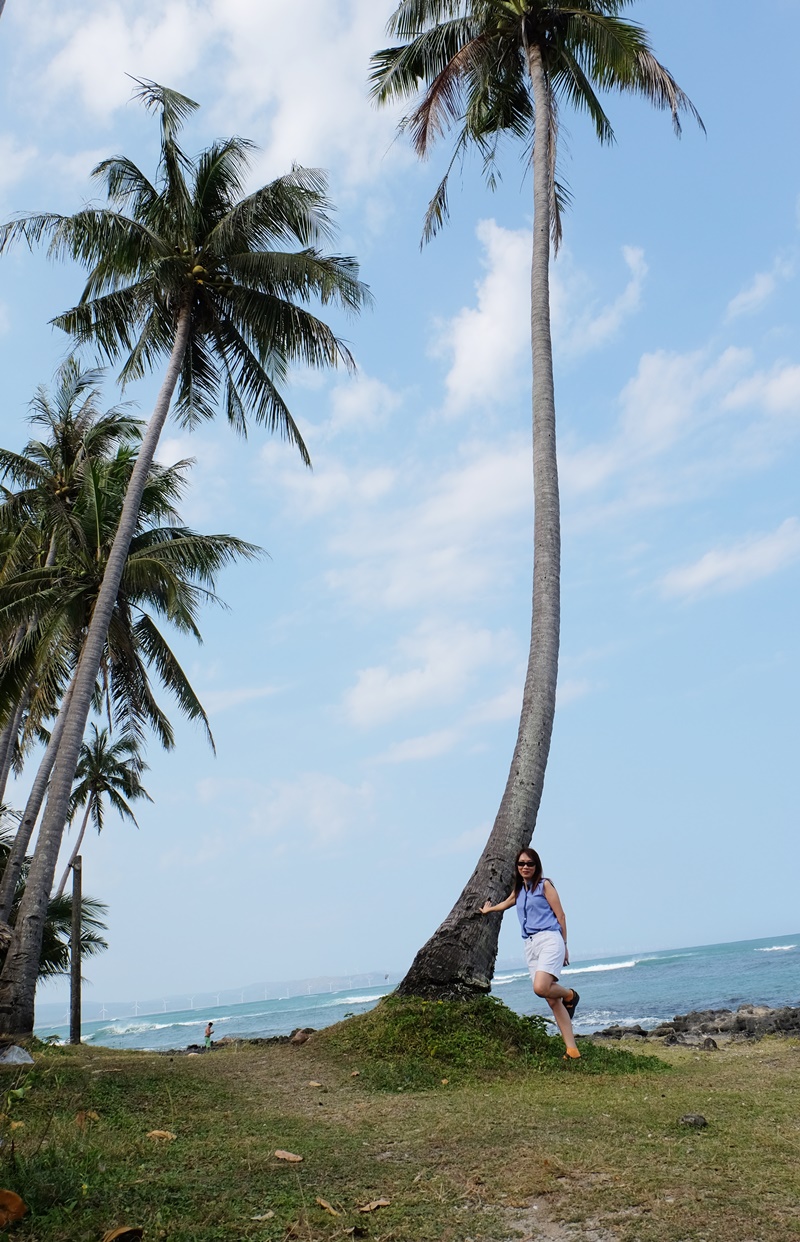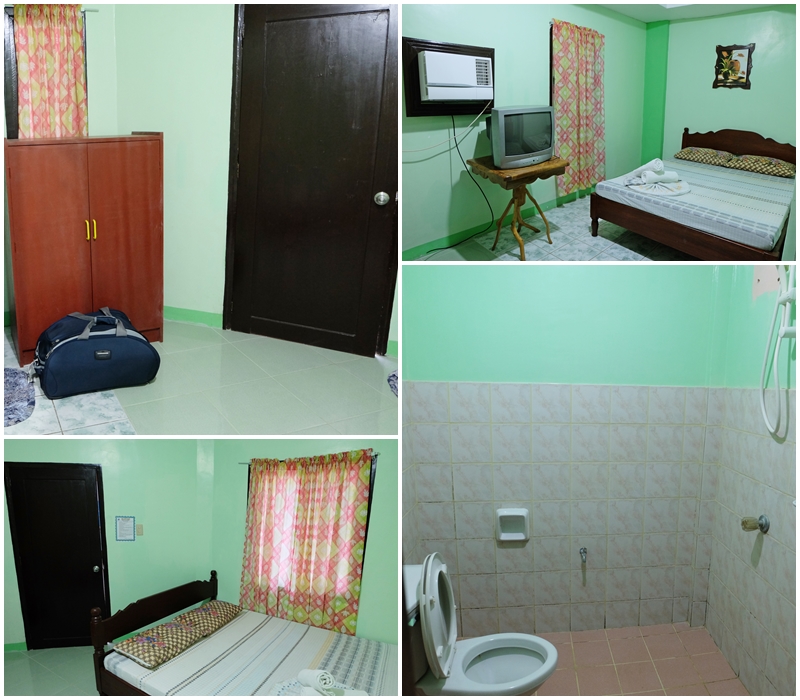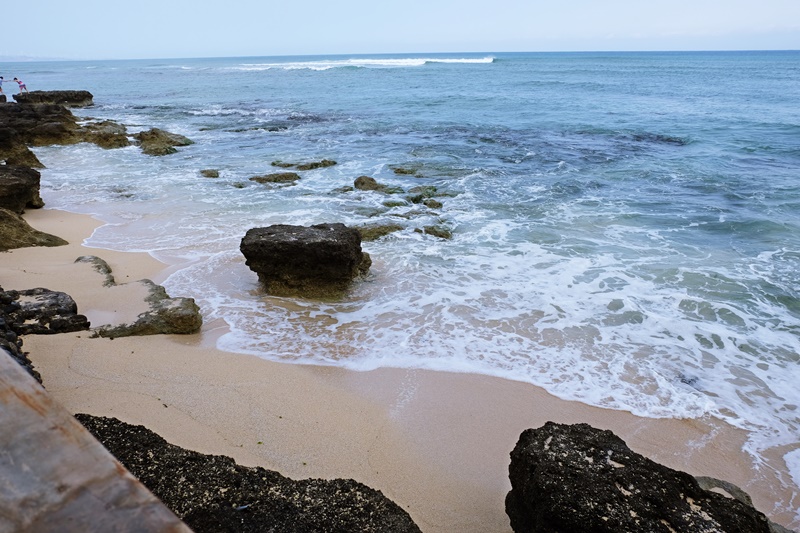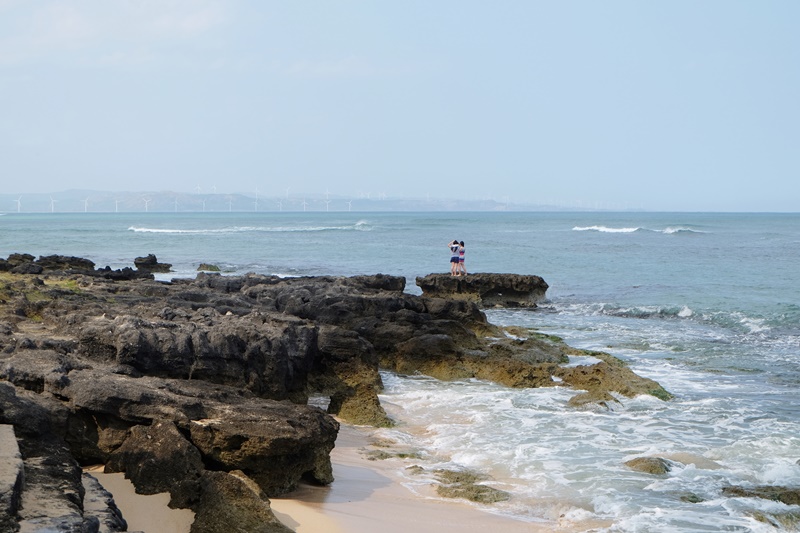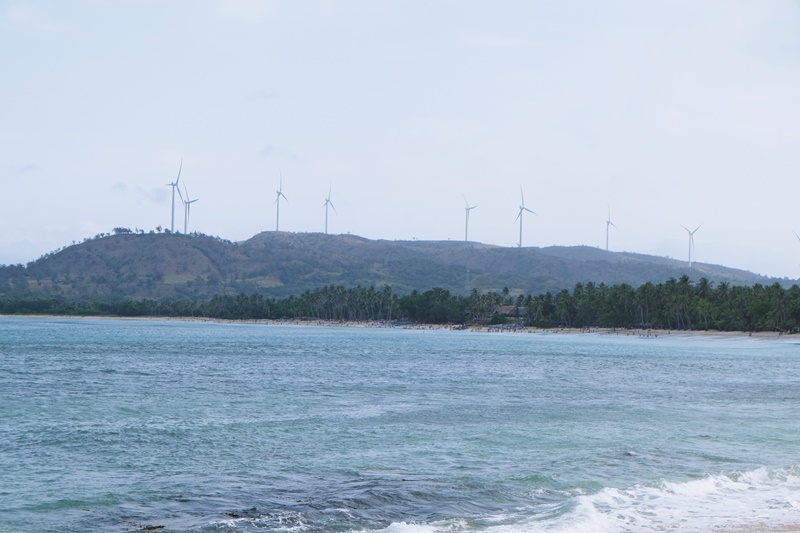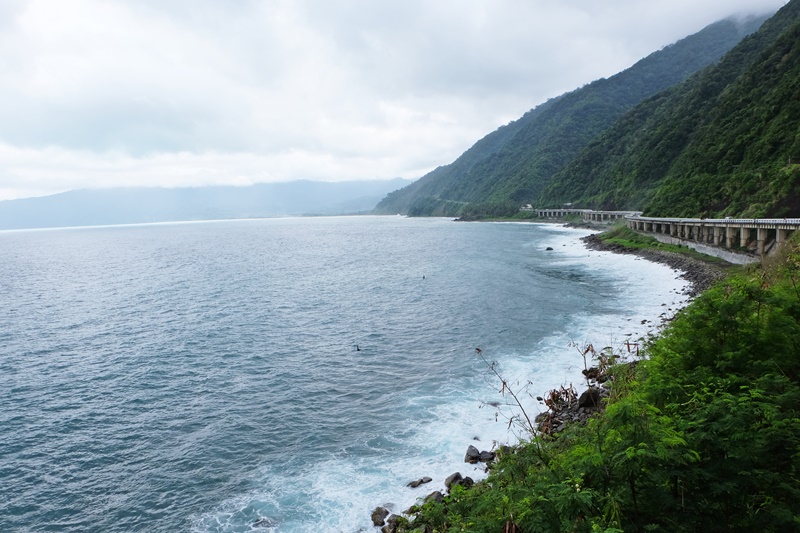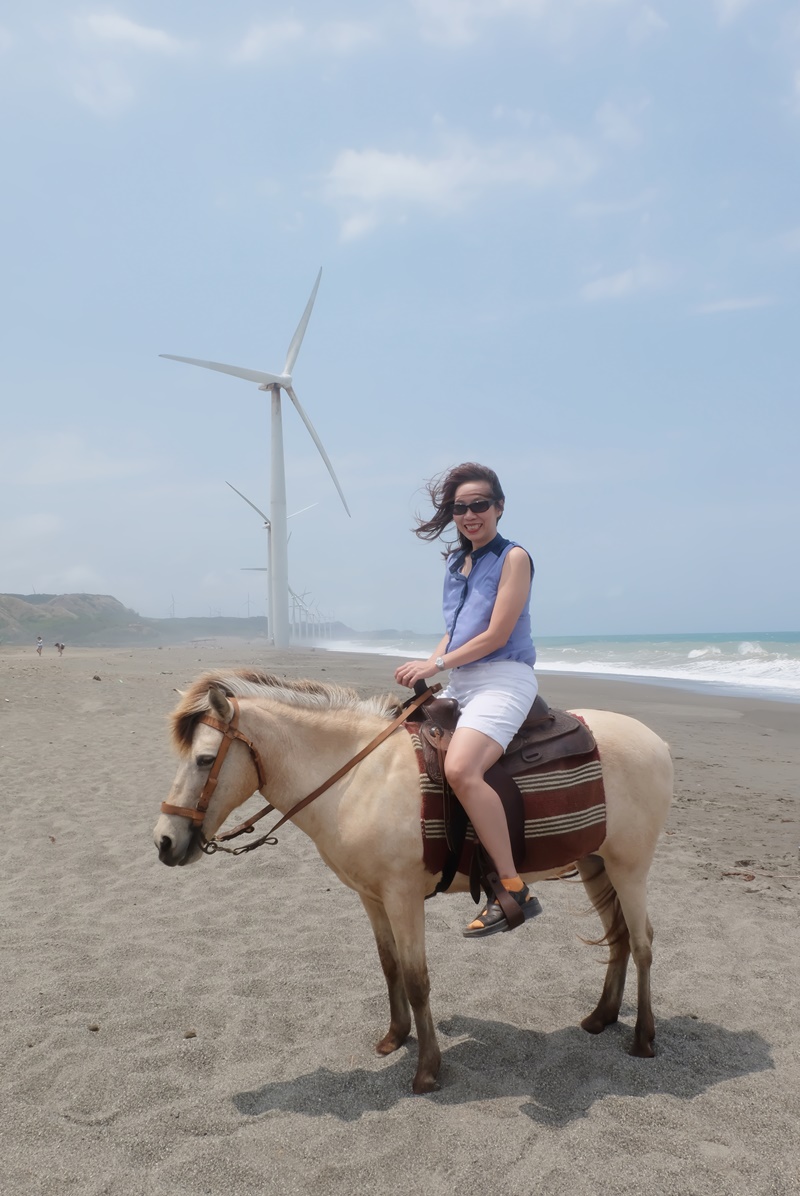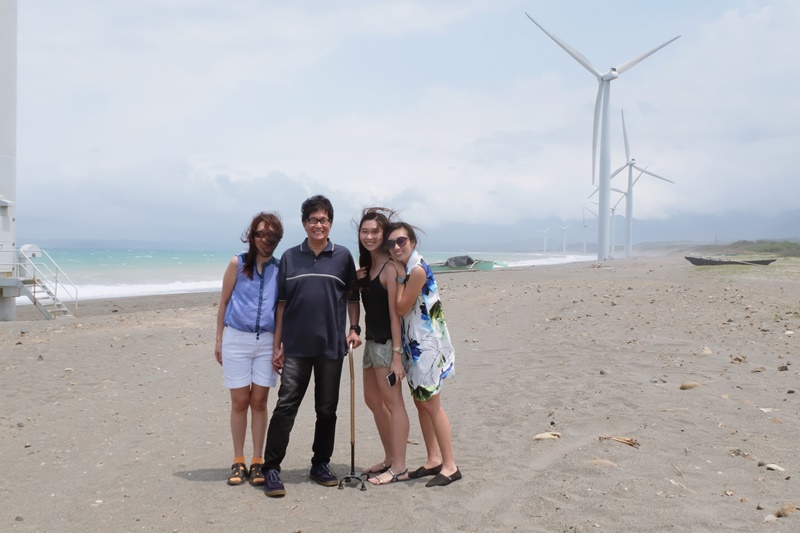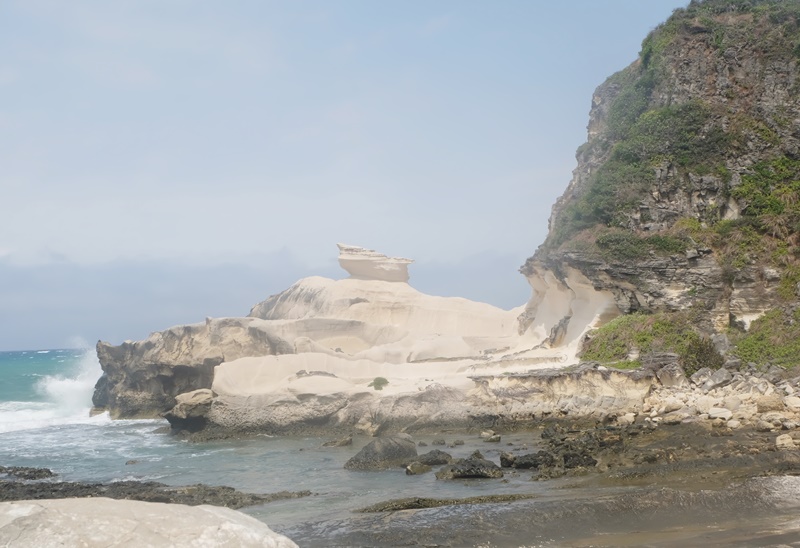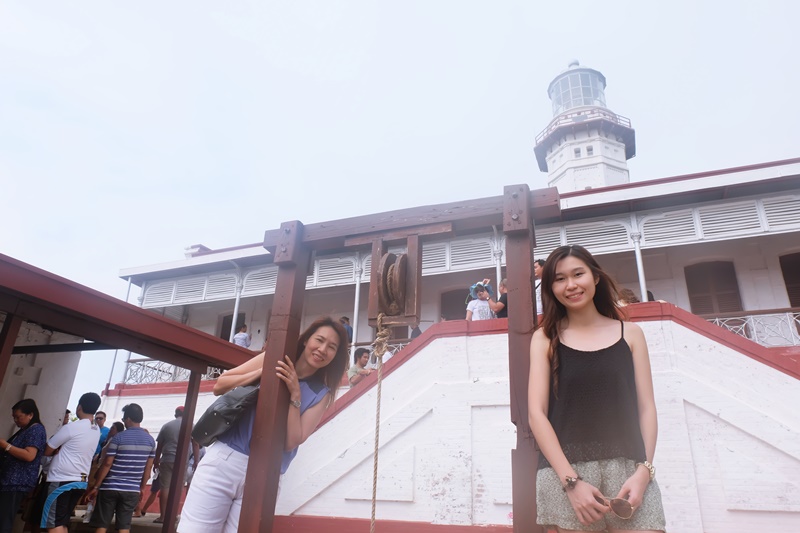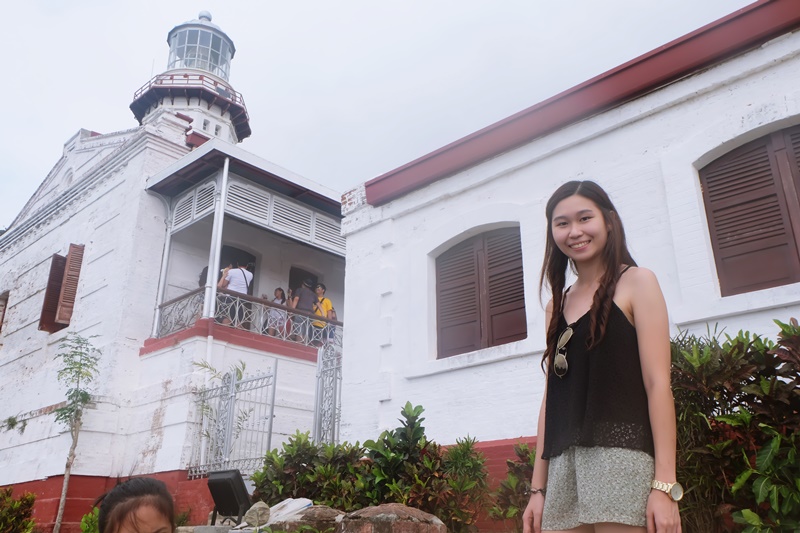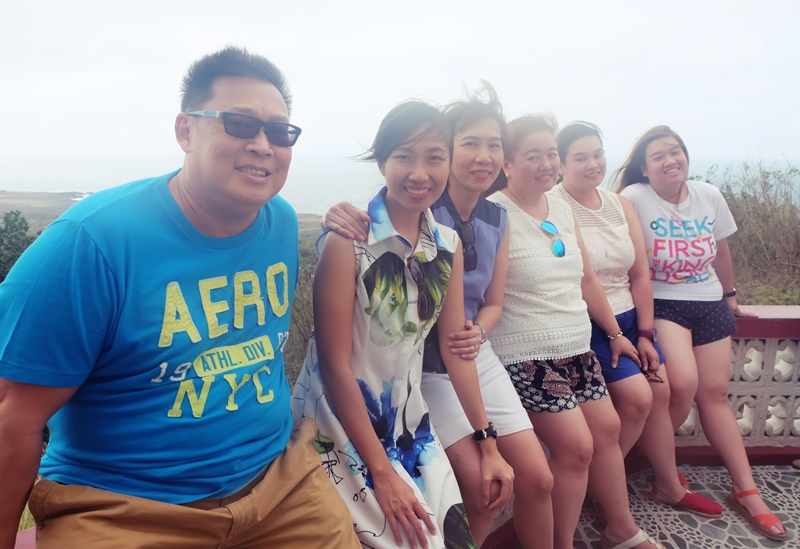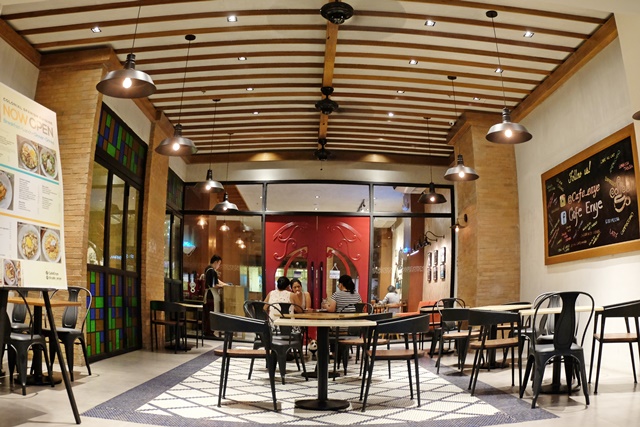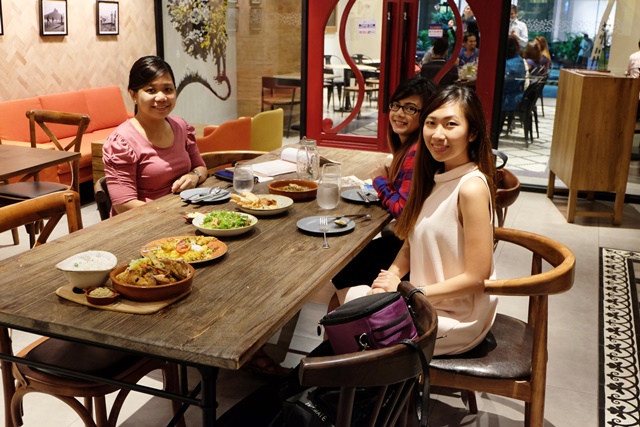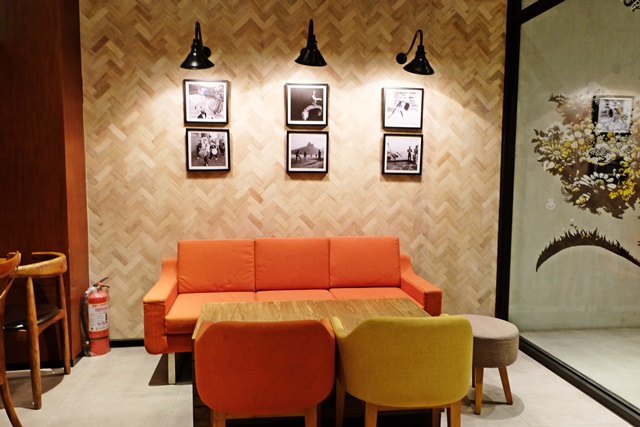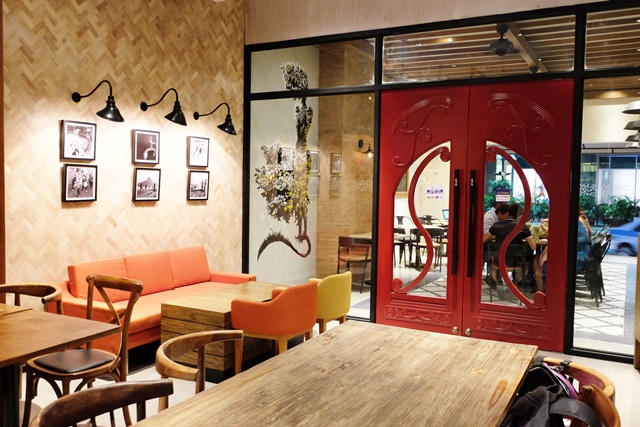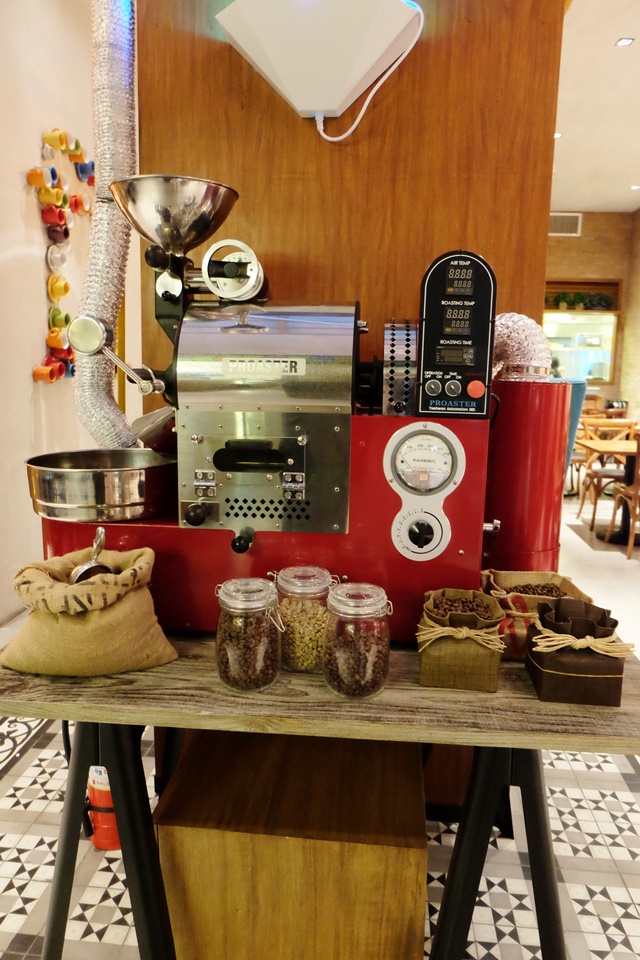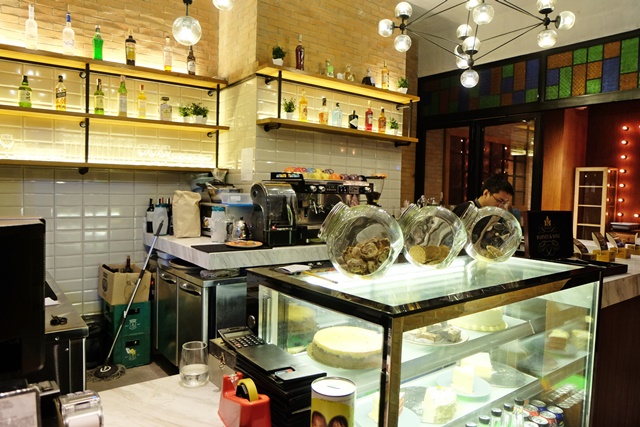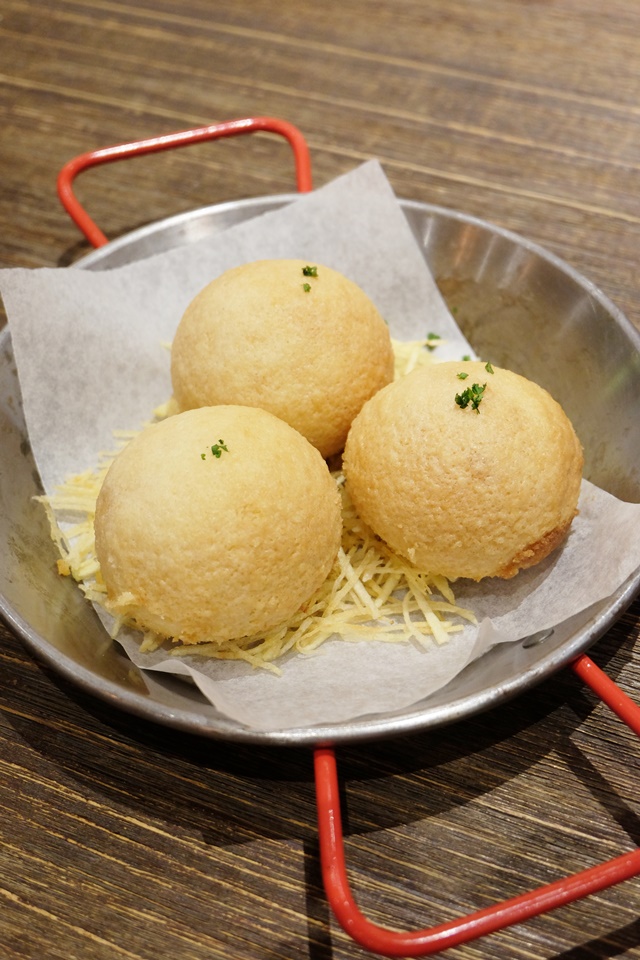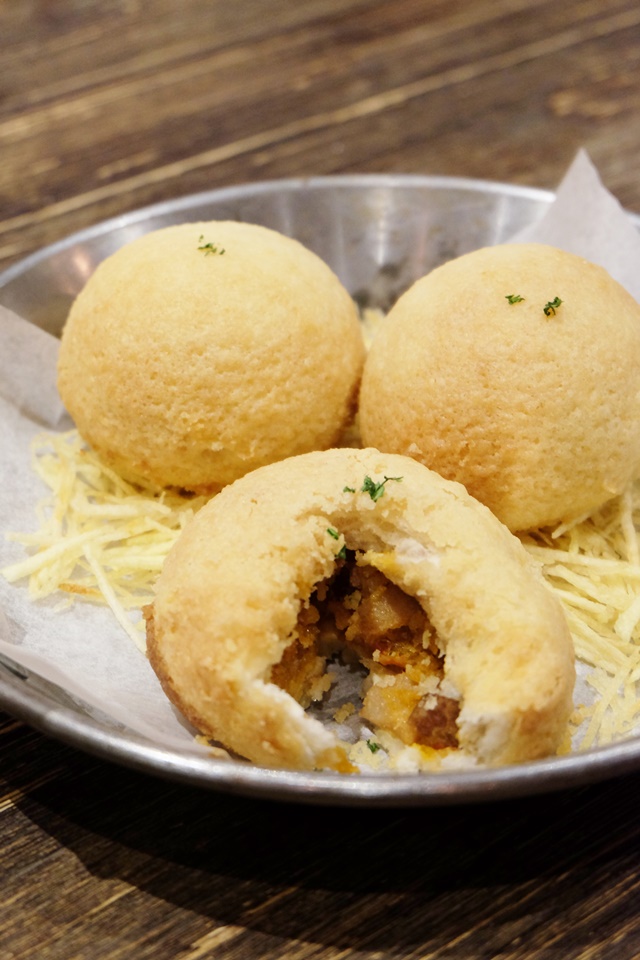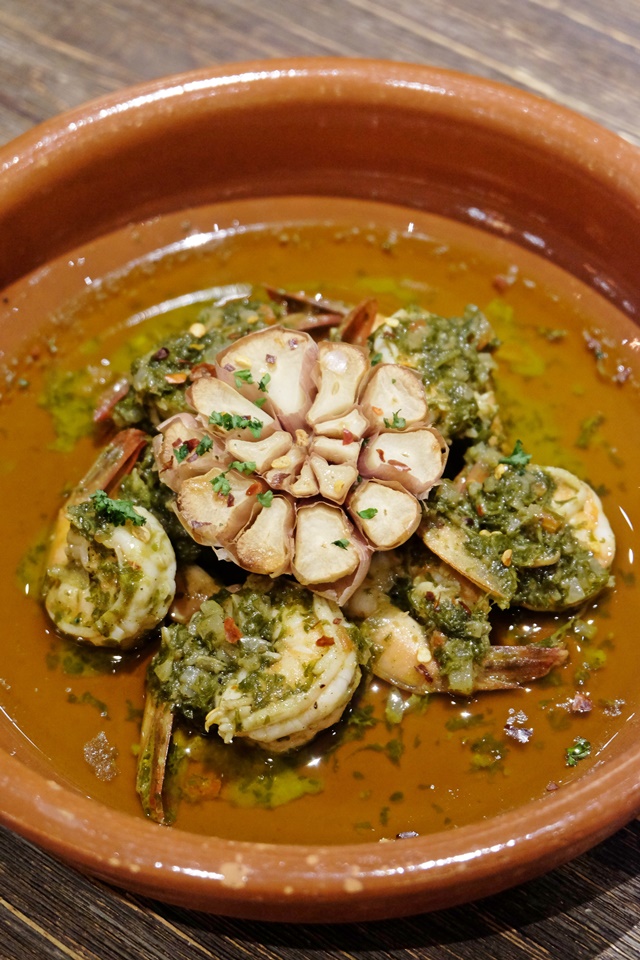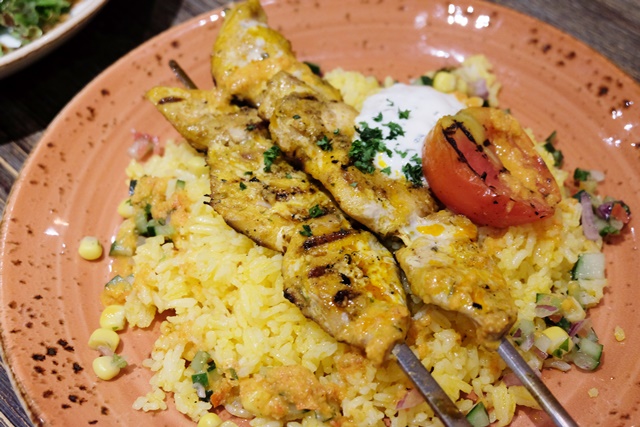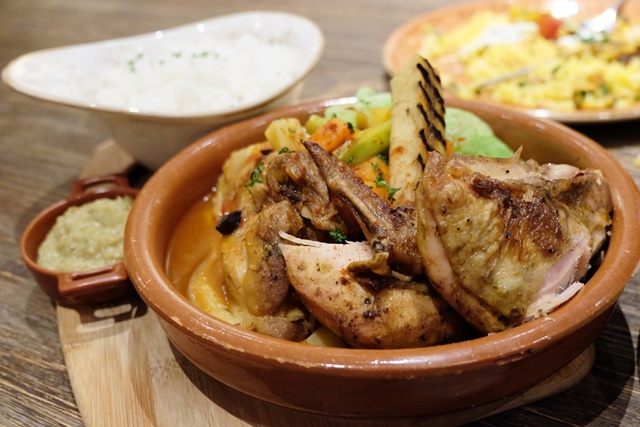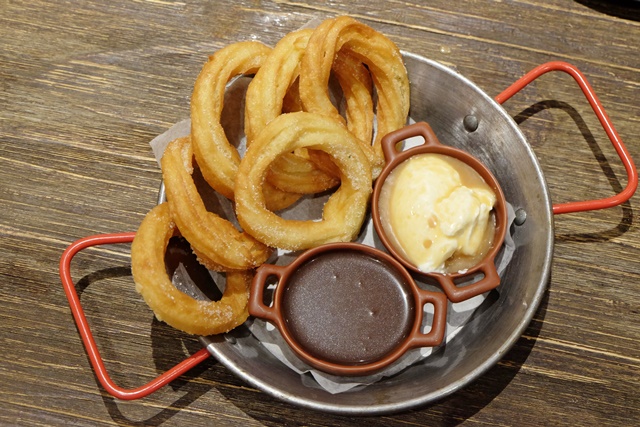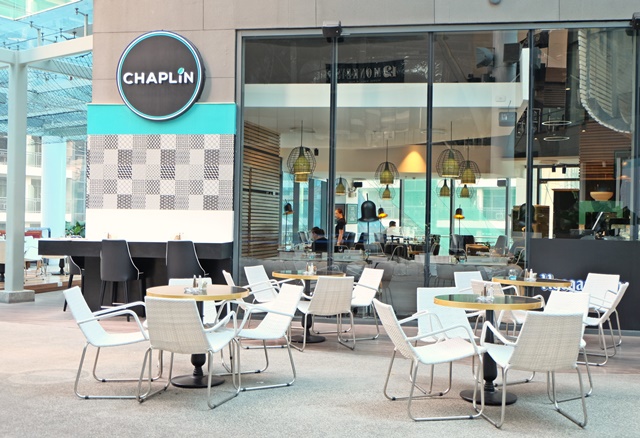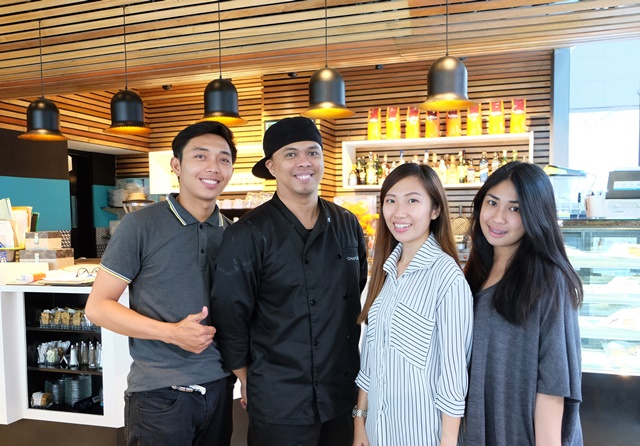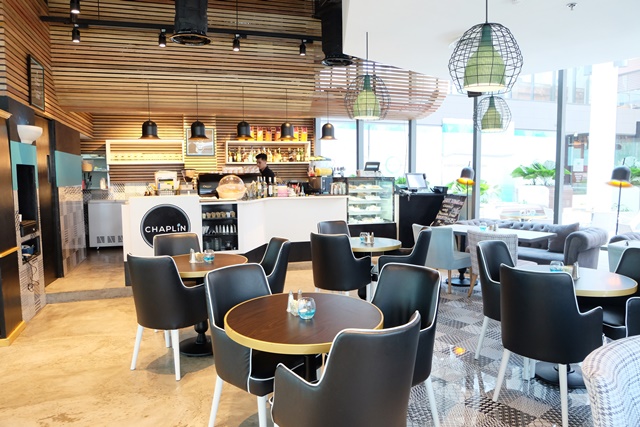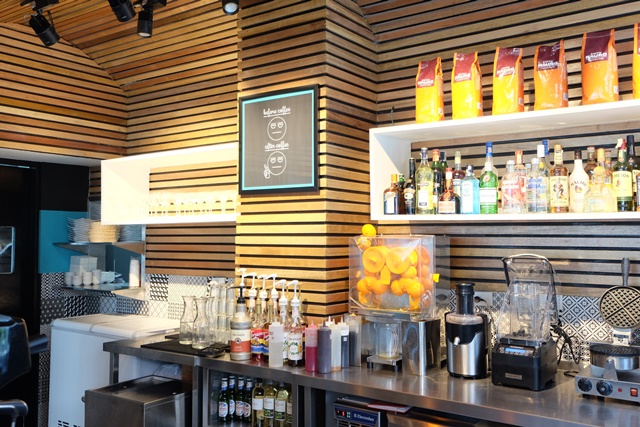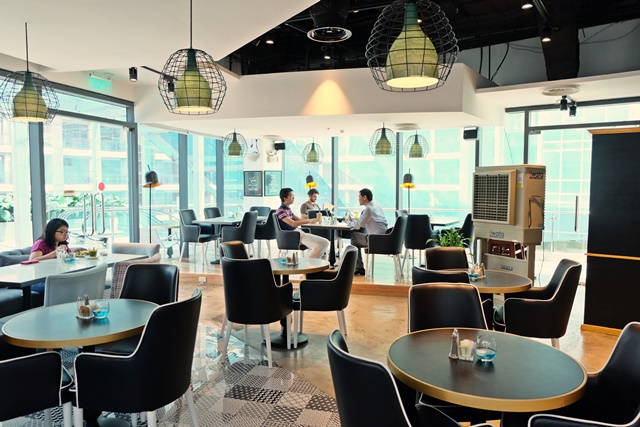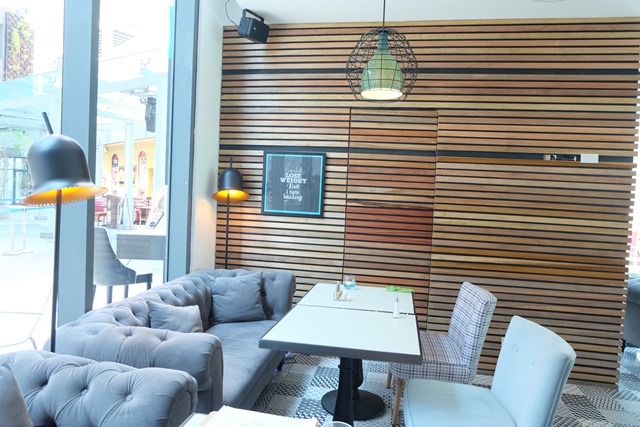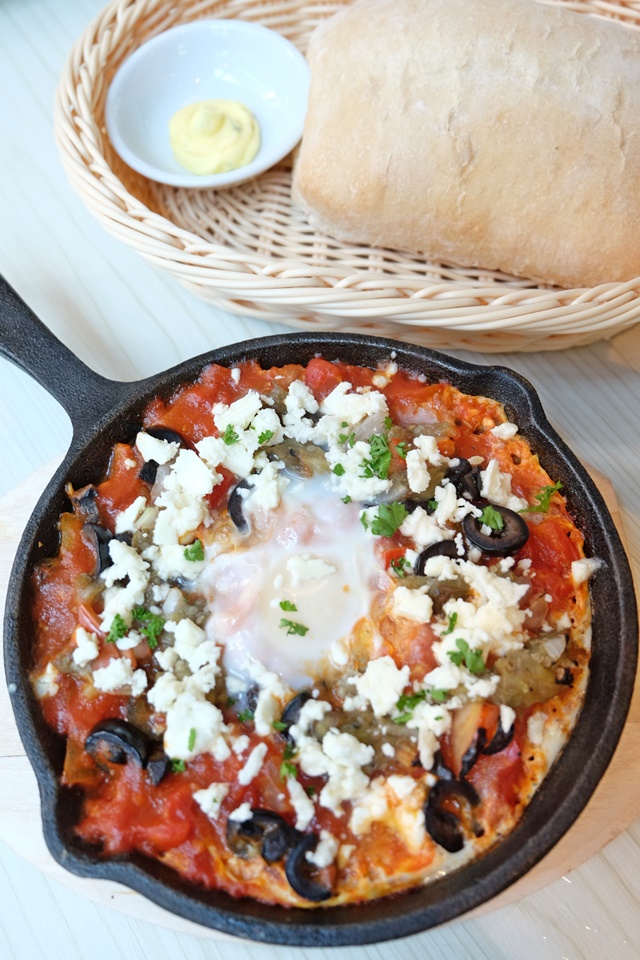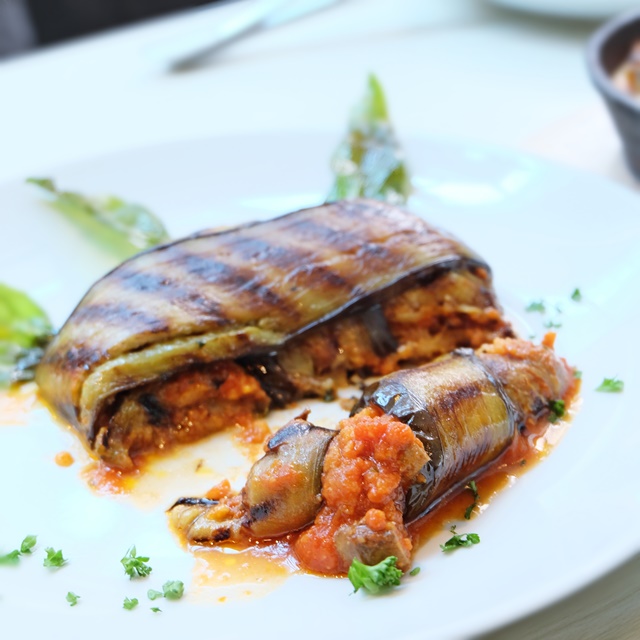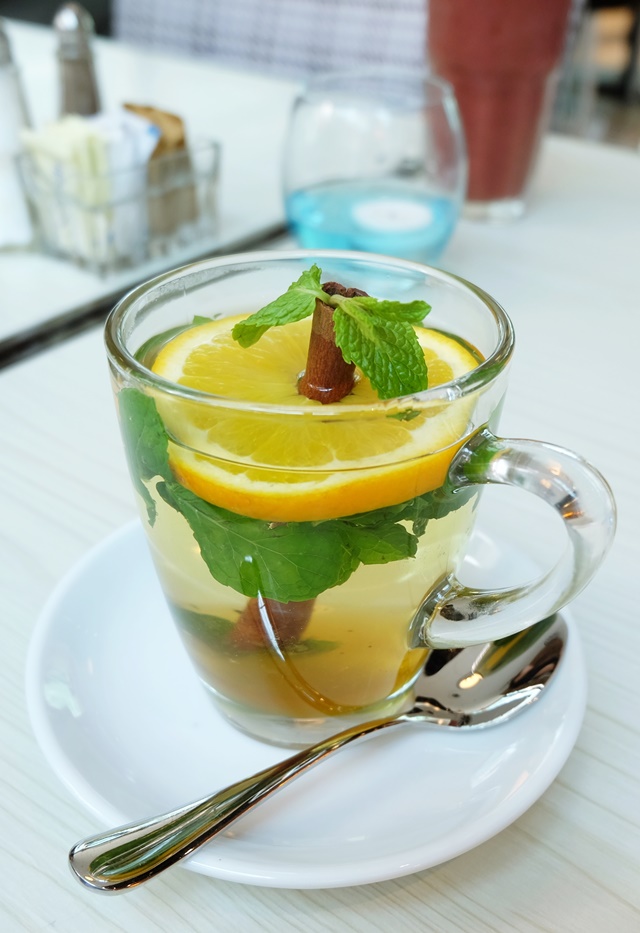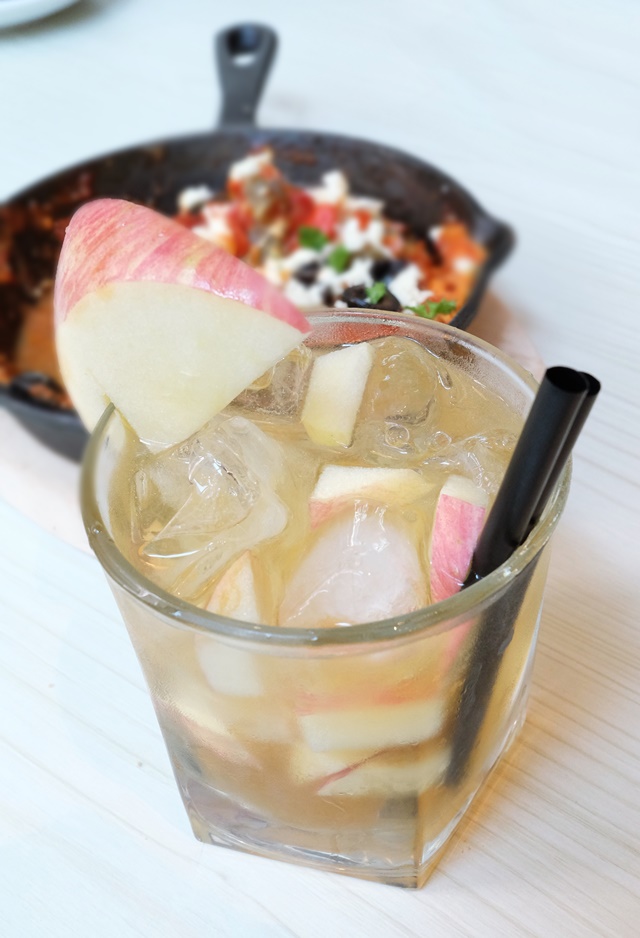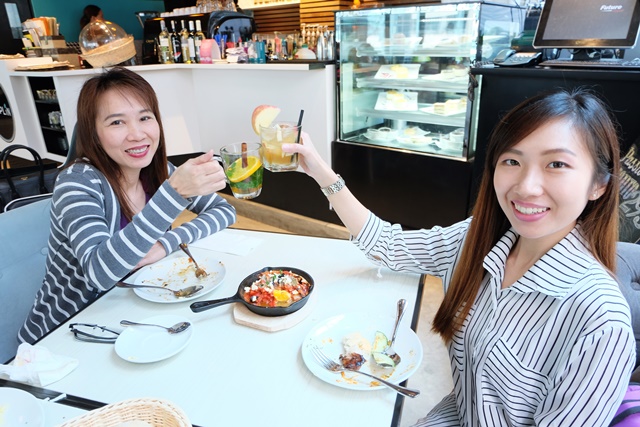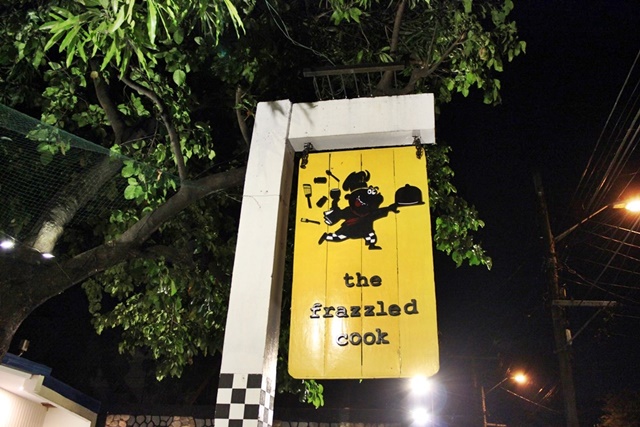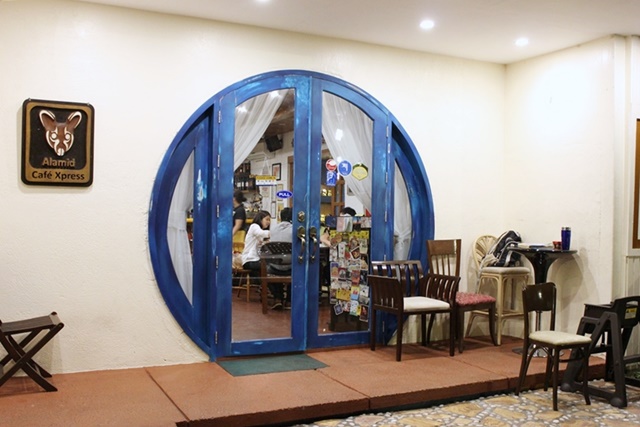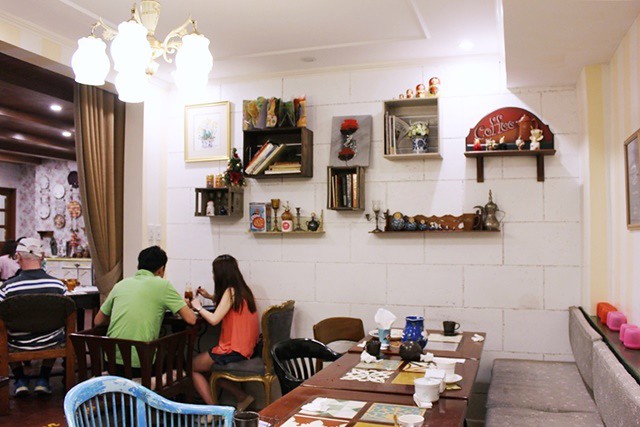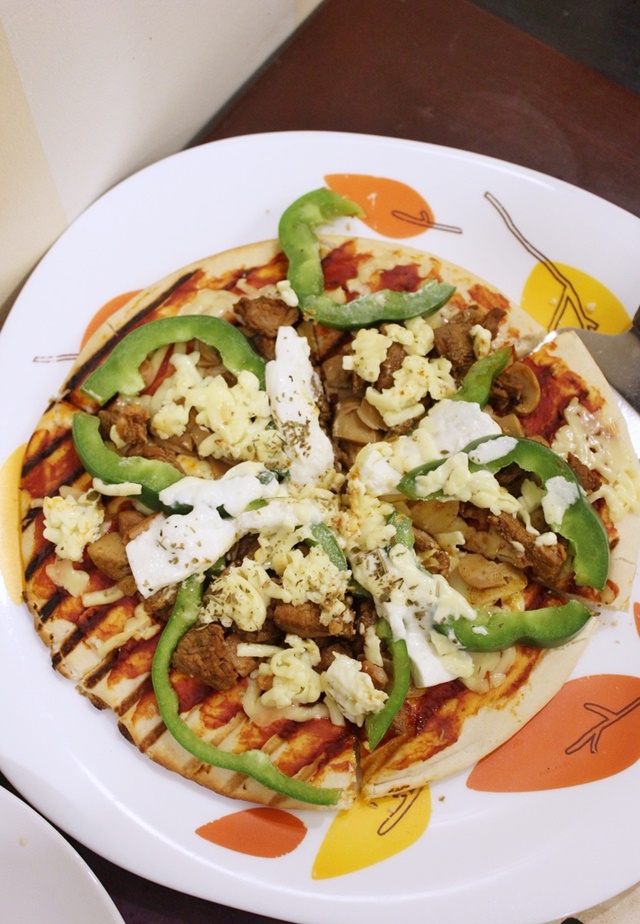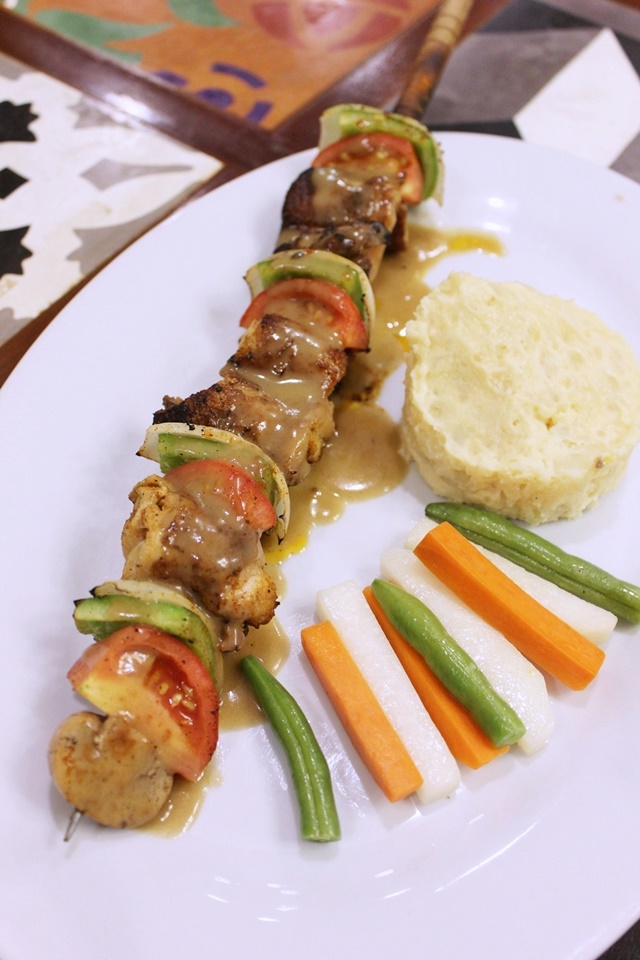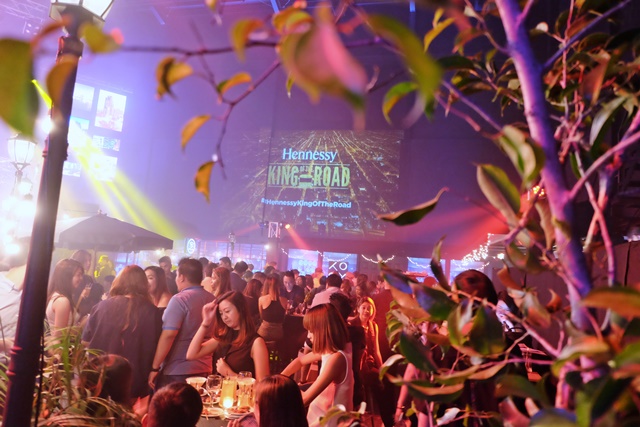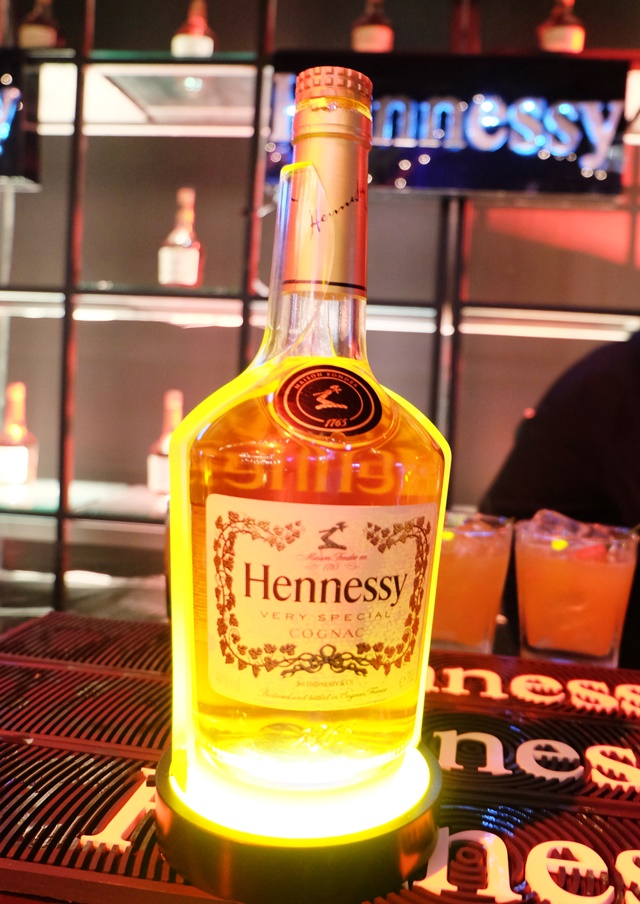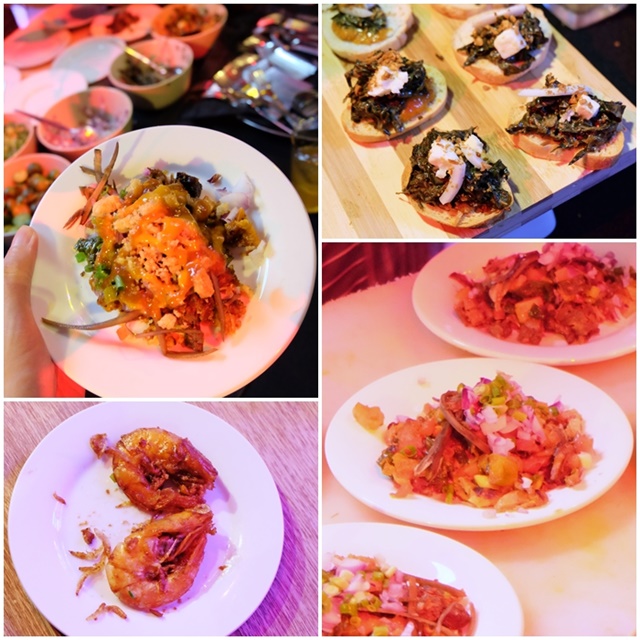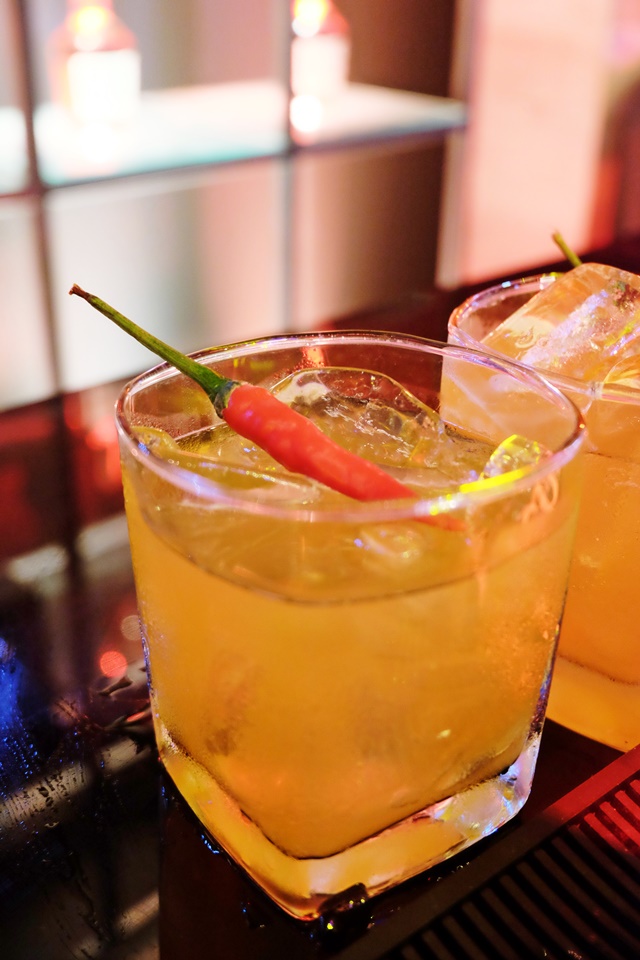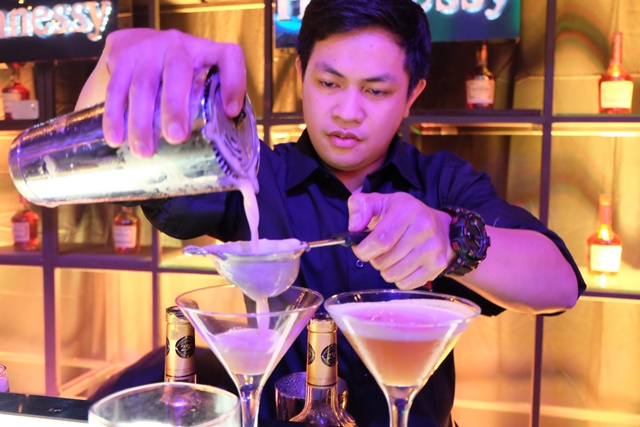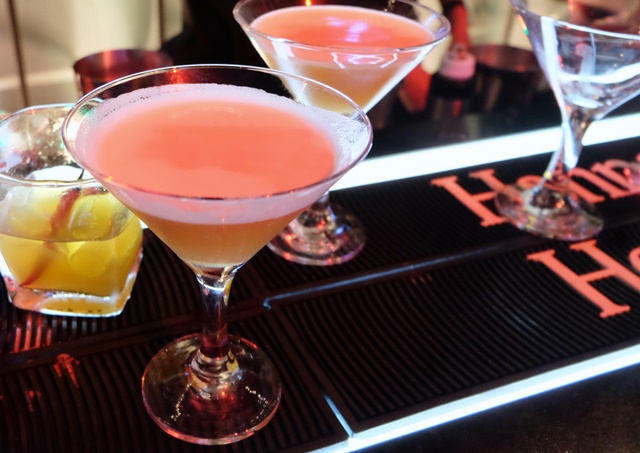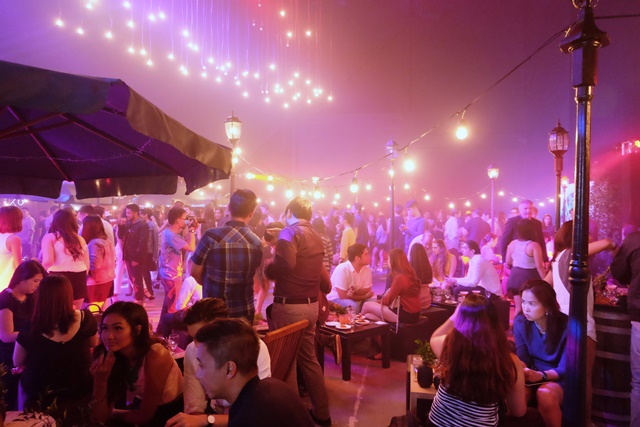Laoag City is the capital of the province of Ilocos Norte in the Philippines. It’s reachable in 45 minutes from Manila by plane (direct flight via Laoag International Airport), but as budget travelers, we considered cheaper fares and decided to forego the glamour of flight. We rented a car and hired a driver on a night trip, and it took us about 14 hours to finally reach the city proper of Laoag.

Without much sleep and java fix, our energy level was not at peak and our eyes were not the “freshest” on our first day. Anyhow, we tried to look our best and still managed to smile for the cameras. 🙂 In this article, I’m sharing the top five attractions we visited in Laoag, Batac, and Paoay. If you’re planning to have your own Ilocandia tour, you may check out my posts about our travel experiences in Pagudpud and Vigan as well.

Top 5 Places We Visited in Laoag, Batac, and Paoay, Ilocos Norte (Holy Week)
1. Marcos Museum and Mausoleum (Batac)
Ferdinand Emmanuel Edralin Marcos, Sr. was a Filipino politician who ruled under Martial Law from 1972 until 1981. He died in 1989, the same year I was born; therefore, all I knew about him was that he was branded as dictator and the impacts of his interventions remained and are undeniably germane part of our country’s system.
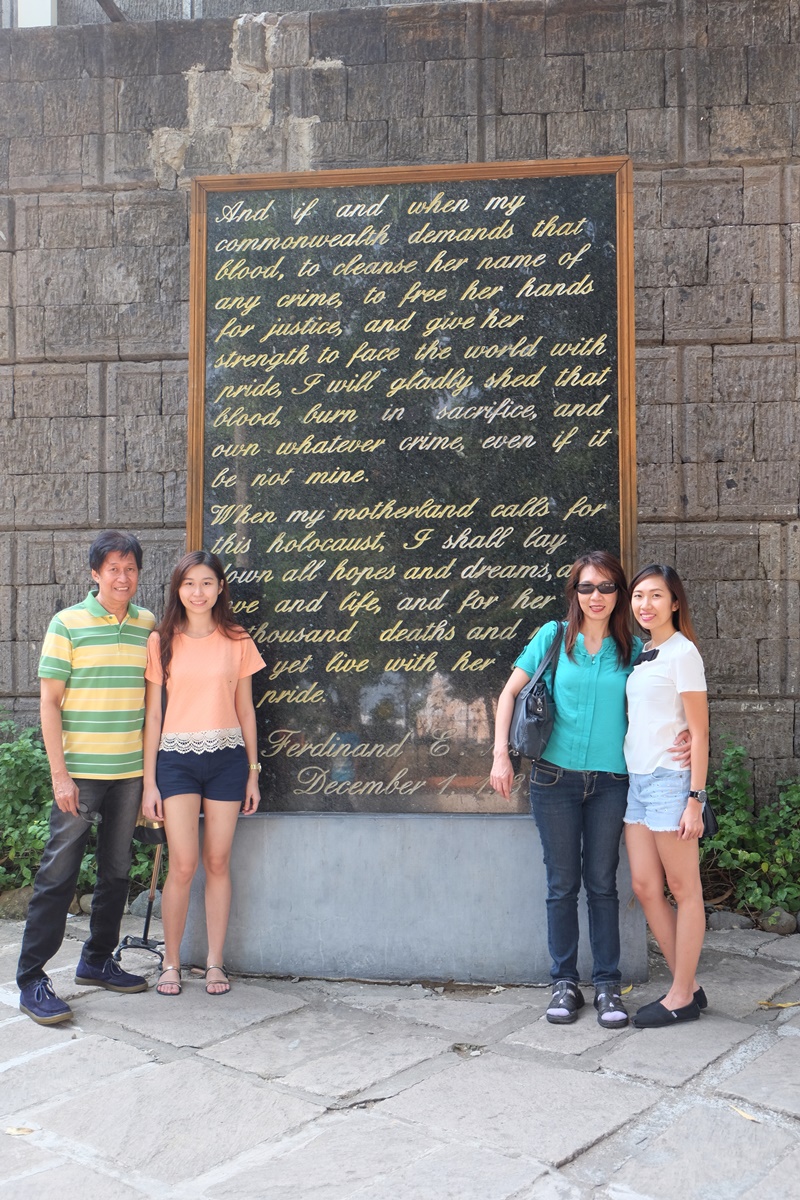
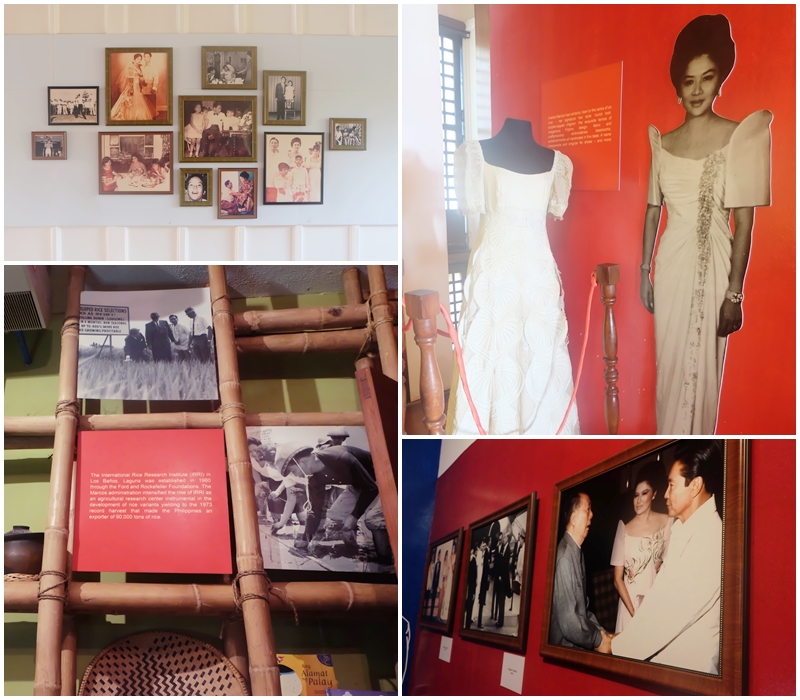
Ilocos Norte is Marcos’ family hometown. We entered the Marcos Museum and Mausoleum in Valdez, Batac City where we learned more about his background and accomplishments from his early years in public service to his rise to power. Many newspaper clippings, artifacts, and important memorabilia were on display, reminiscing the Marcos Regime. Reading the stories on the wall is a must-do here for visitors to appreciate the chronology of events organized in great detail and gain a deeper understanding of Martial Law.


The last and most important part of the tour was our viewing of the well-preserved body of the late long-serving Philippine president. This section was being guarded by security personnel. Taking of pictures and videos is strictly prohibited. Lying on the coffin in the middle of the room was his body. Others suspect that it’s not his real corpse but only a replica. Regardless, the ambiance felt like a real funeral or memorial service.
For fans of Ferdinand E. Marcos and his legacy in the Philippines, visiting the Marcos Museum and Mausoleum is highly recommended. Entrance fee is PhP 50/person. Viewing hours are from 9:00AM–12:00NN and 1:00PM–4:30PM daily.
2. Malacañang of the North (Paoay)
Next to the scenic Paoay Lake, Malacañang of the North served as the gift of Imelda Marcos to Ferdinand E. Marcos for his 60th birthday. It’s a nice stop for the history buffs. This two-story mansion had also been an extension of Marcos’ office where he welcomed local and foreign dignitaries. This was where their family used to stay whenever they visit Ilocos.

After 20 years of ownership by the government, the property was eventually given back to the jurisdiction of Ilocos Norte. Restorations and renovations were commenced by the region’s governor. In 2011, Malacañang of the North became available for public viewing as a museum. Entrance fee is PhP 20/person. Viewing hours are from 9:00AM-4:00PM from Tuesday to Sunday.

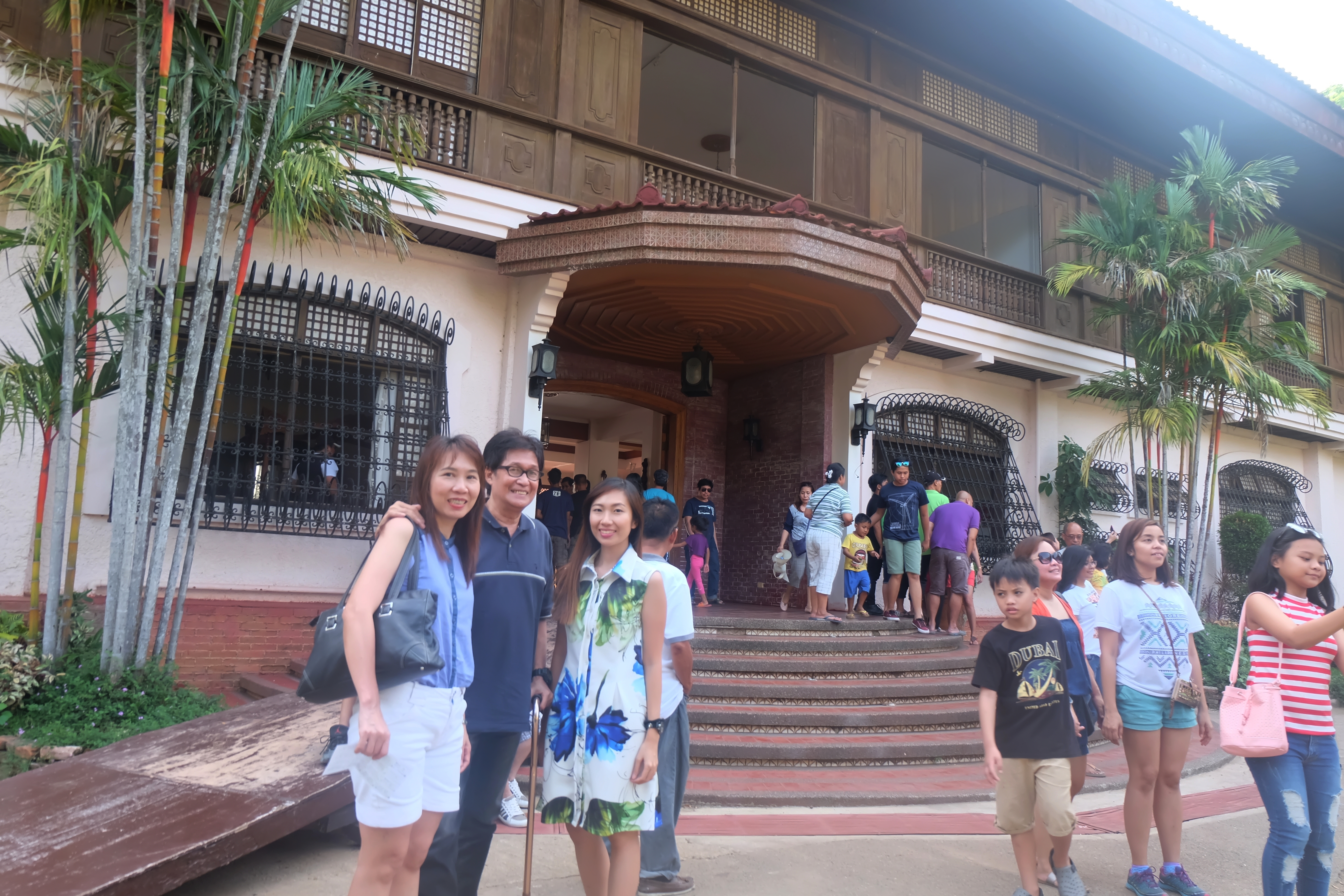
Designed with a mix of Spanish and Ilocano architecture, the house looked majestic and really spacious. We went to every room and learned from the guide that most furniture placed inside are still the original pieces. Some, unfortunately, are not in their best shape anymore since tourists tend to touch the things and sit on the couches.
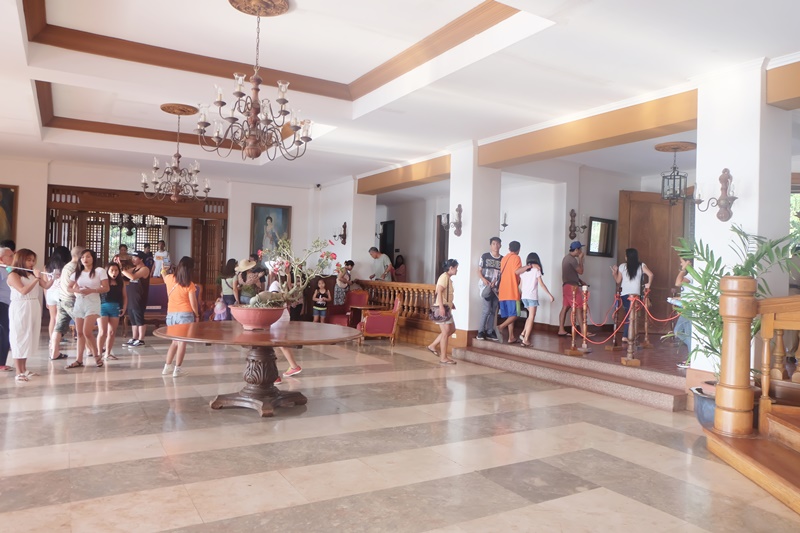
Aside from being a museum today, Malacañang of the North also posts as an excellent venue for hosting parties. Venue rental rate is PhP 20,000/hour. I wonder if they also offer a package for wedding and prenuptial pictorials. The view in the balcony area looks most beautiful.
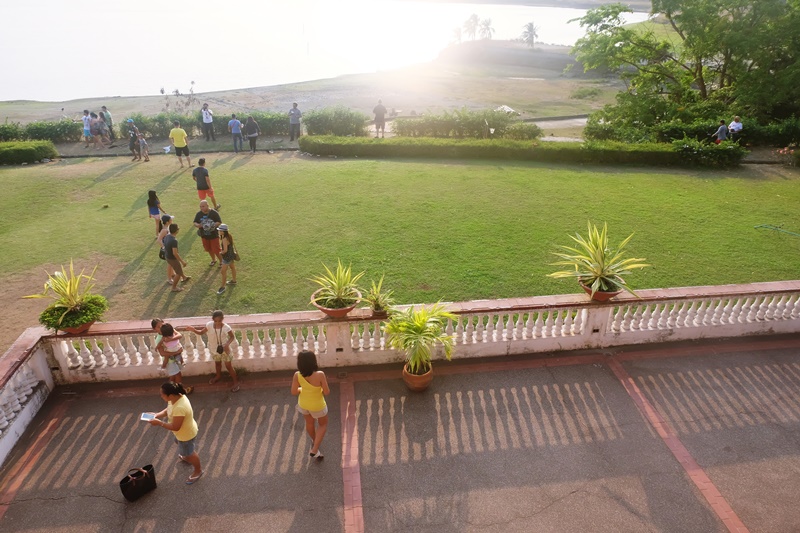
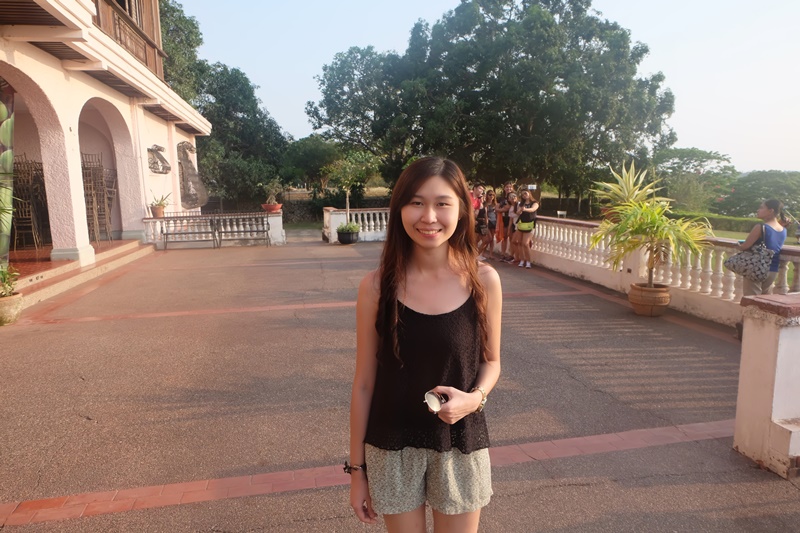
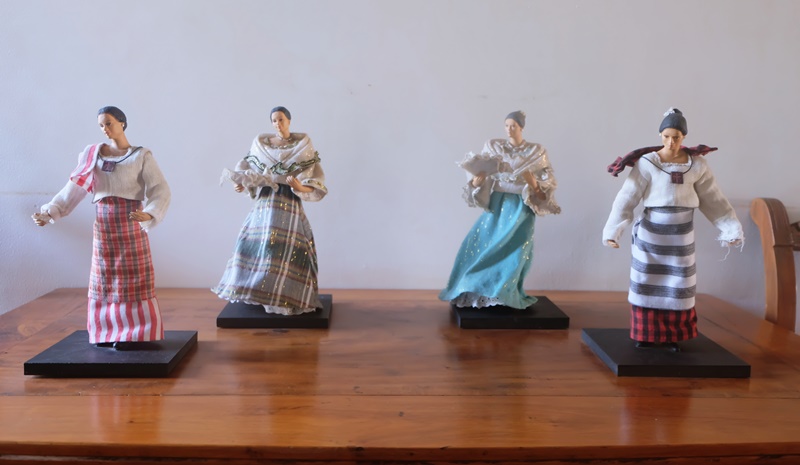
3. La Paz Sand Dunes (Laoag)
It was in the early afternoon when we drove to La Paz Sand Dunes, the “only desert in the Philippines.” Sun’s heat was fierce and we were not prepared to have more sunburns, so we just inquired about the ride, took photos, ate ice cream, and left footprints on the sands. 😛
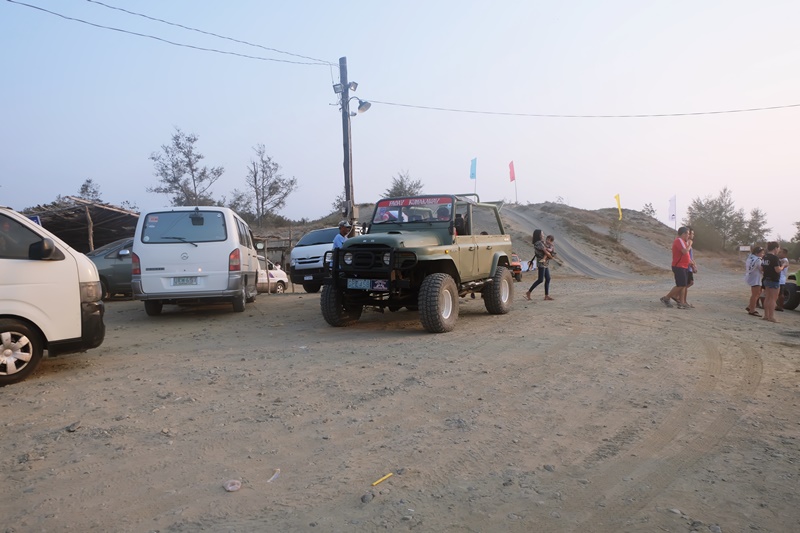

If given the chance to go back, we should bring big towels to cover/protect up our faces, arms, and hair from sands/dust and apply SPF 50 sunscreen generously. Rate per person to ride the 4×4 jeep is PhP 500, and one vehicle can accommodate a group of five people. Best time to go is before sun rises in the morning to avoid heat exhaustion.
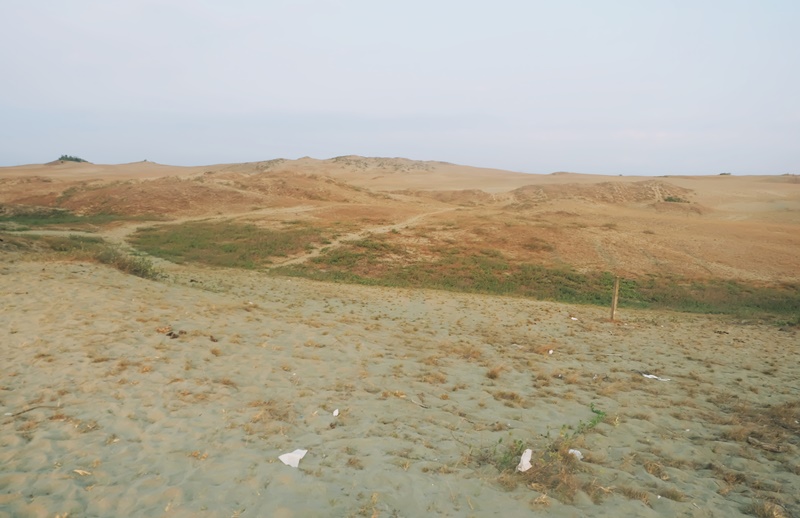
The 45-min to 1-hour exhilarating ride can be a heart-pounding activity, especially with downhill slopes across the vast sand dunes. It’s not for the fainthearted. Sandboarding is another fun activity here that can get your adrenaline pumping.

4. Paoay Church (Paoay)
The moment my eyes landed on this ancient religious site, I felt in love! Paoay Church in Ilocos Norte is a UNESCO World Heritage Site that has historical significance. It was built by the Augustinian friars in 1694, completed in 1704, and was inaugurated in 1894. Paoay Church is truly visually stunning! It’s now one of the oldest four baroque churches in the Philippines.
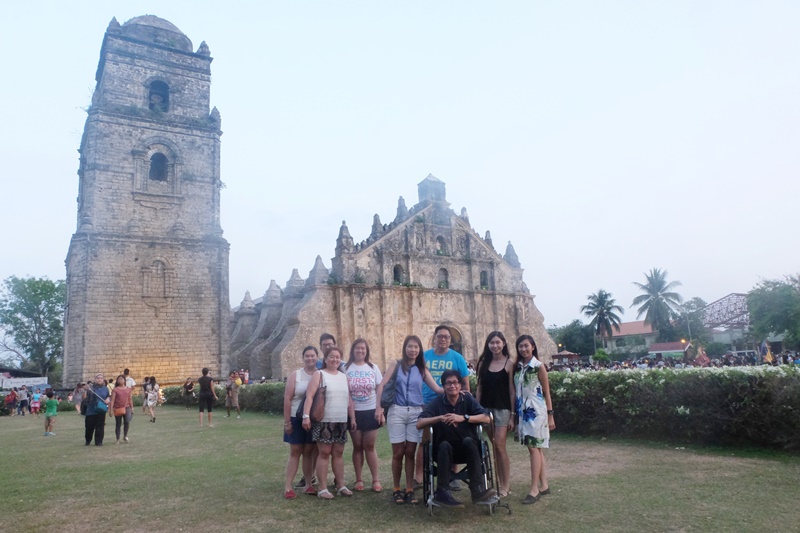
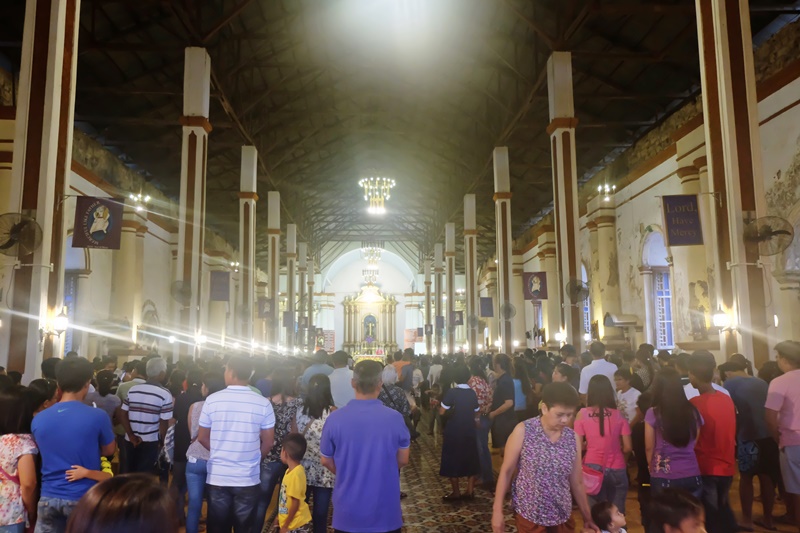
Like San Agustin Church in Intramuros, Manila, Paoay Church has specific features such as altars of high Baroque style in the volutes of buttresses and in the pyramidal finials of wall facades. Its bell tower, just like Bantay Church’s, is detached from the church for the same reason: to avoid the tower from smashing on the church whenever there’s an earthquake. The bell tower served as observation post of the “Katipuneros” during the Philippine Revolution.
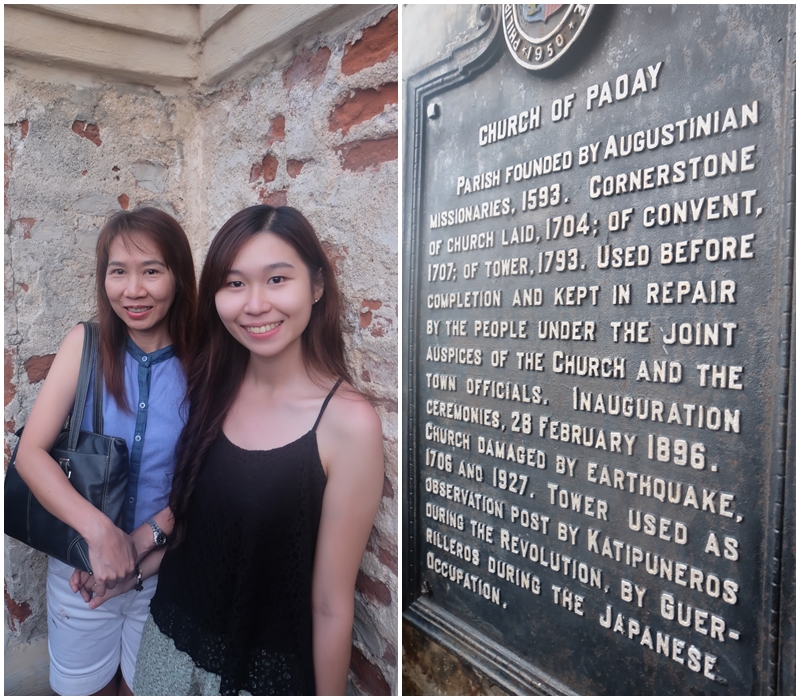
We went on a Good Friday, so it was expected that there will be a procession after the mass per tradition. A large congregation of faithful people crowded the place.

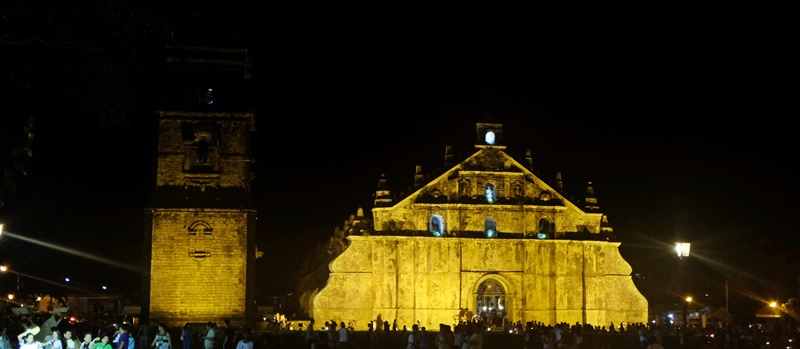
5. Herencia Restaurant (Paoay)
When visiting Paoay Church, it’s a must to grab a bite at Herencia Restaurant, our travel agent said. Herencia translates to Heritage in English. It serves classic Ilocano cuisine with a creative twist. In fact, it’s where “pinakbet pizza” had originated. This restaurant is most famous for its oddly-flavored pizzas.
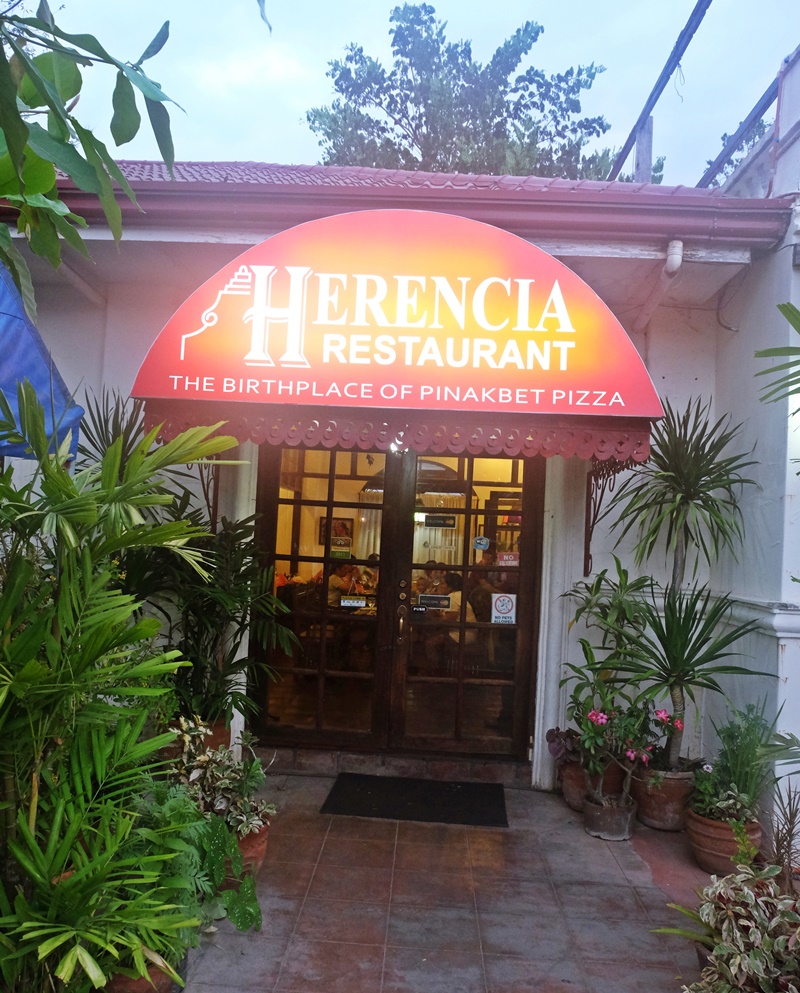

We ordered the Bagnet Pizza and the Gamet (Seaweed) Pizza, which turned out to taste really good. They did not skimp on the ingredients and the pizzas had a balance of sauce and cheese. All in all, Herencia Restaurant is an amazing, friendly, culinary gem that you will not be disappointed with. I hope it opens a branch also in my neighborhood or somewhere in Metro Manila. 🙂
